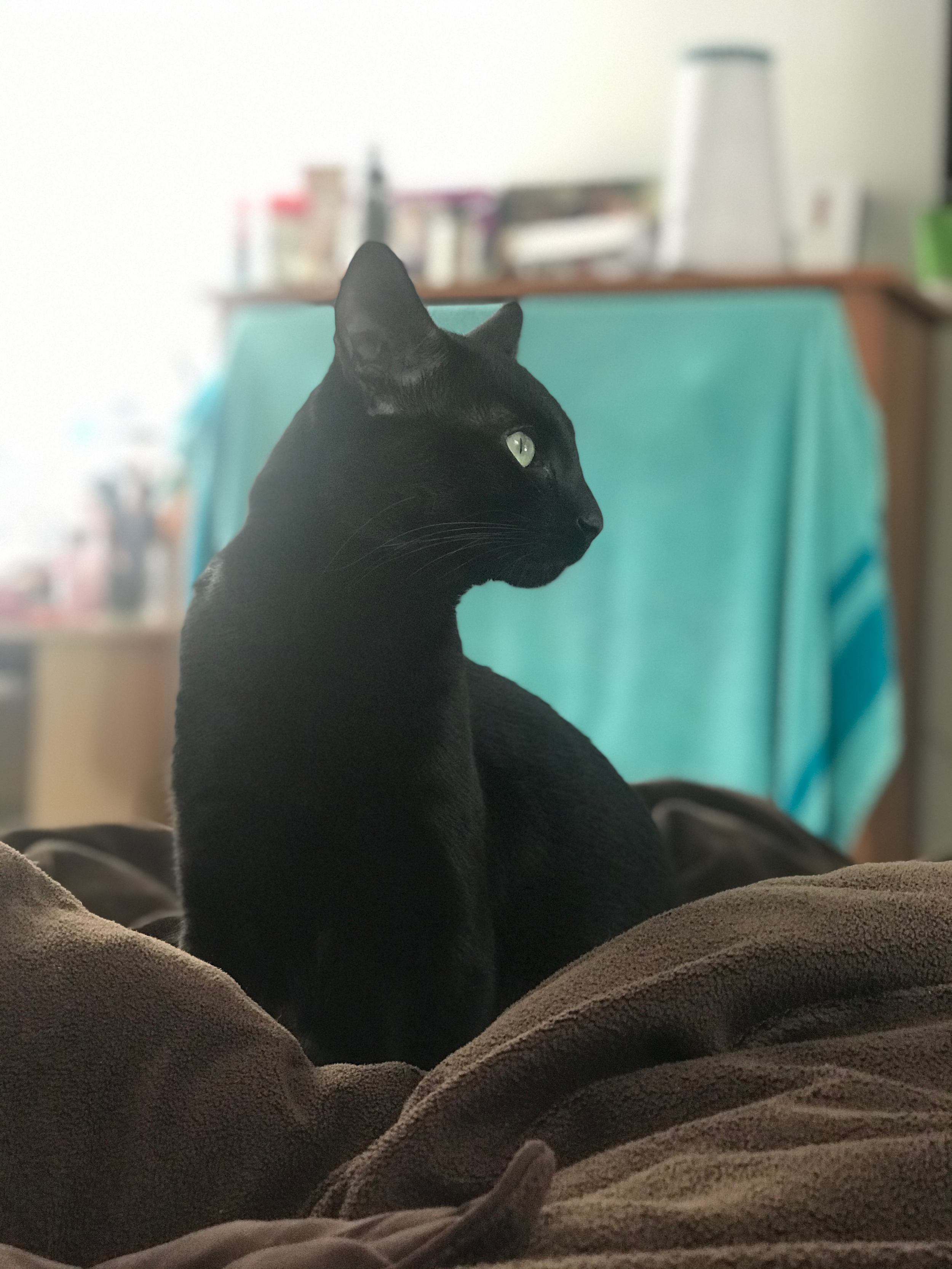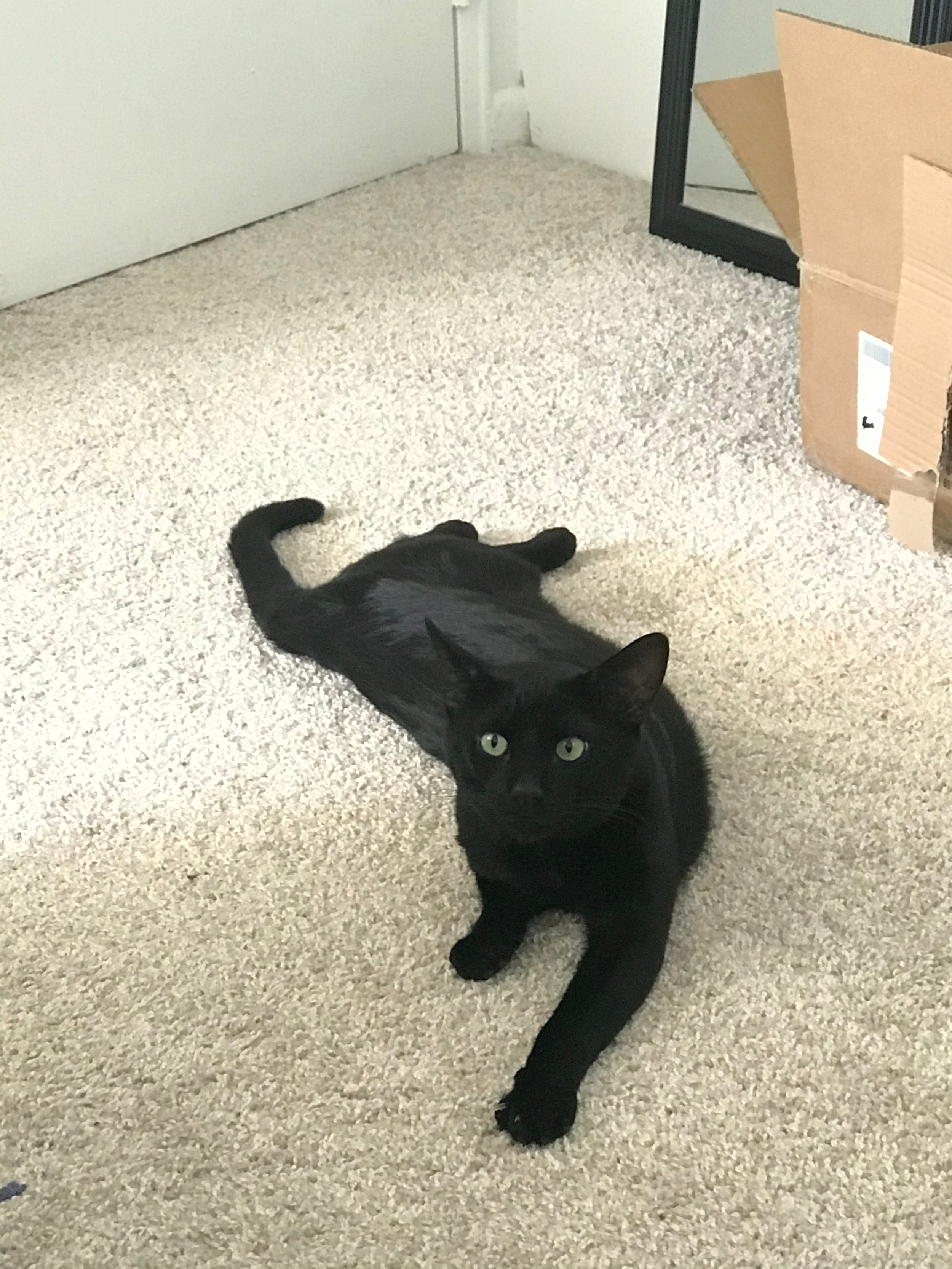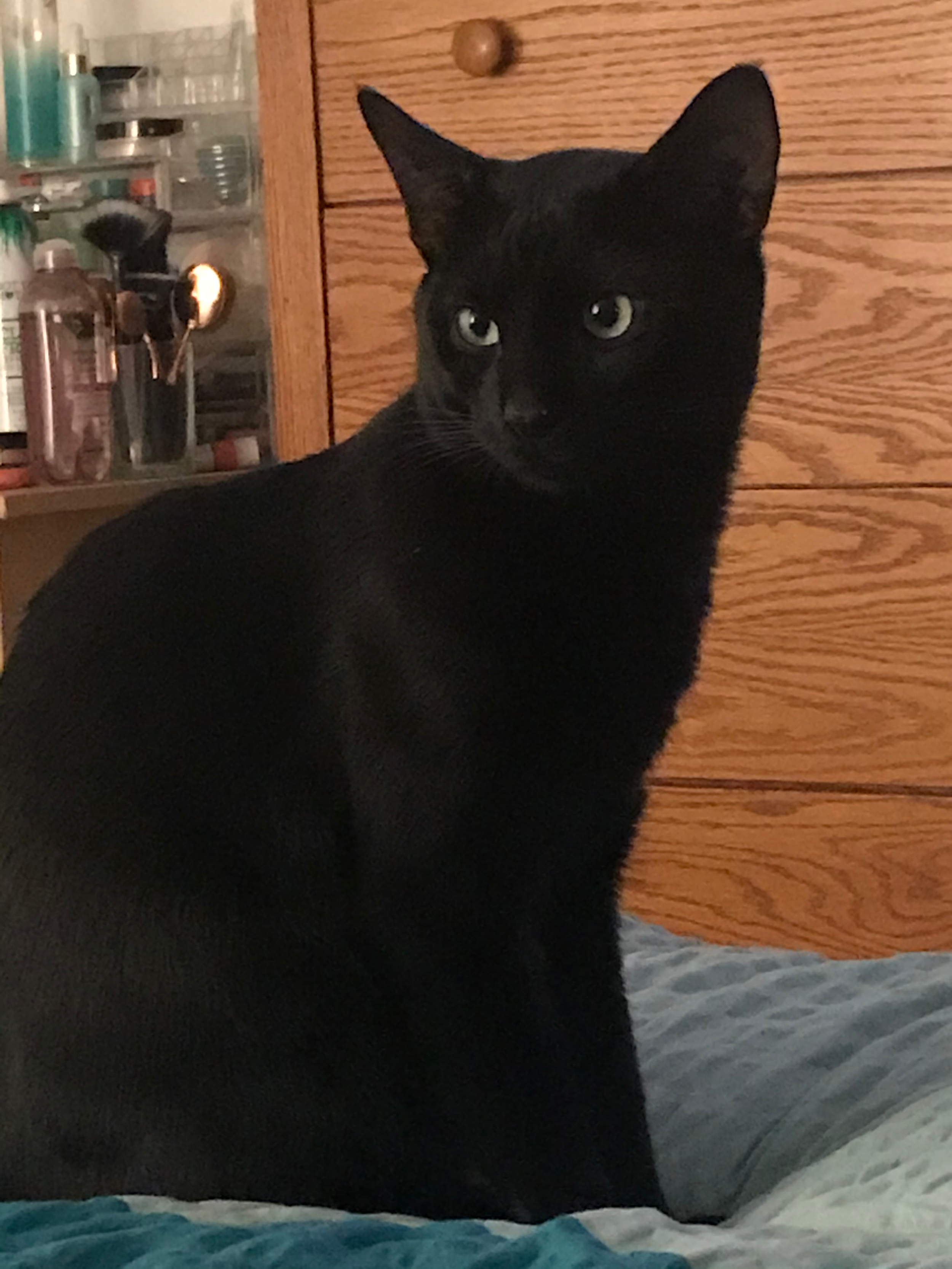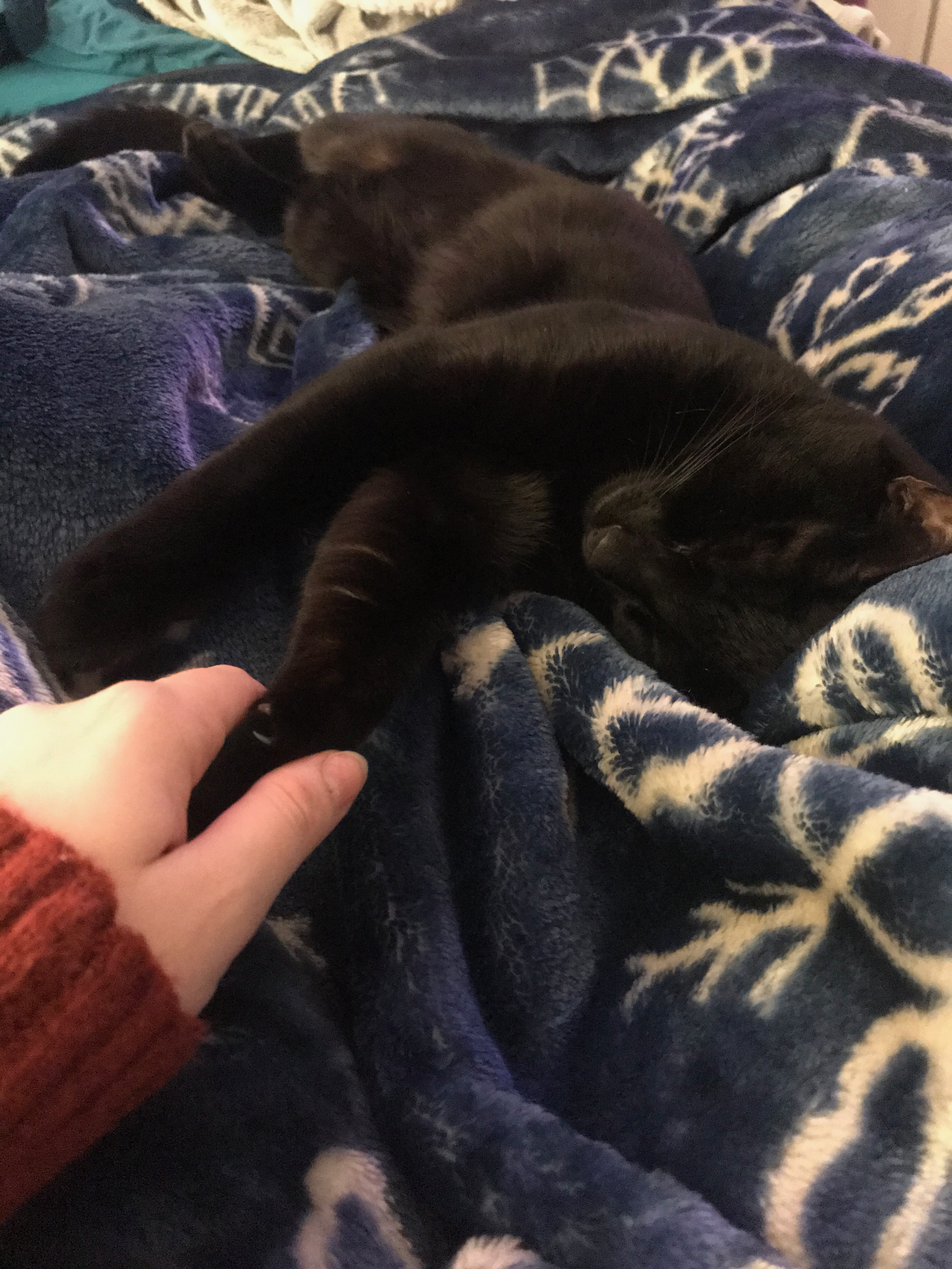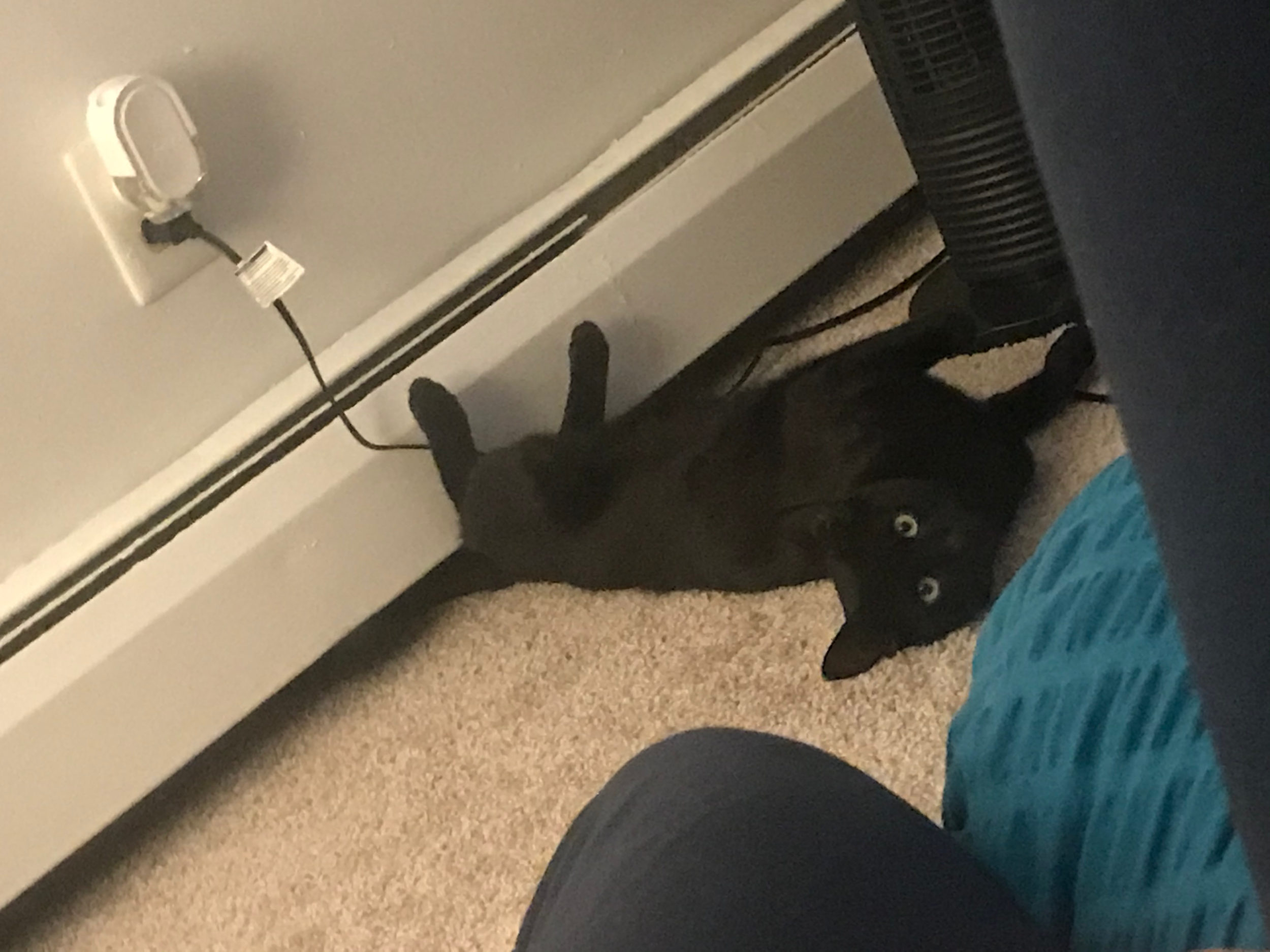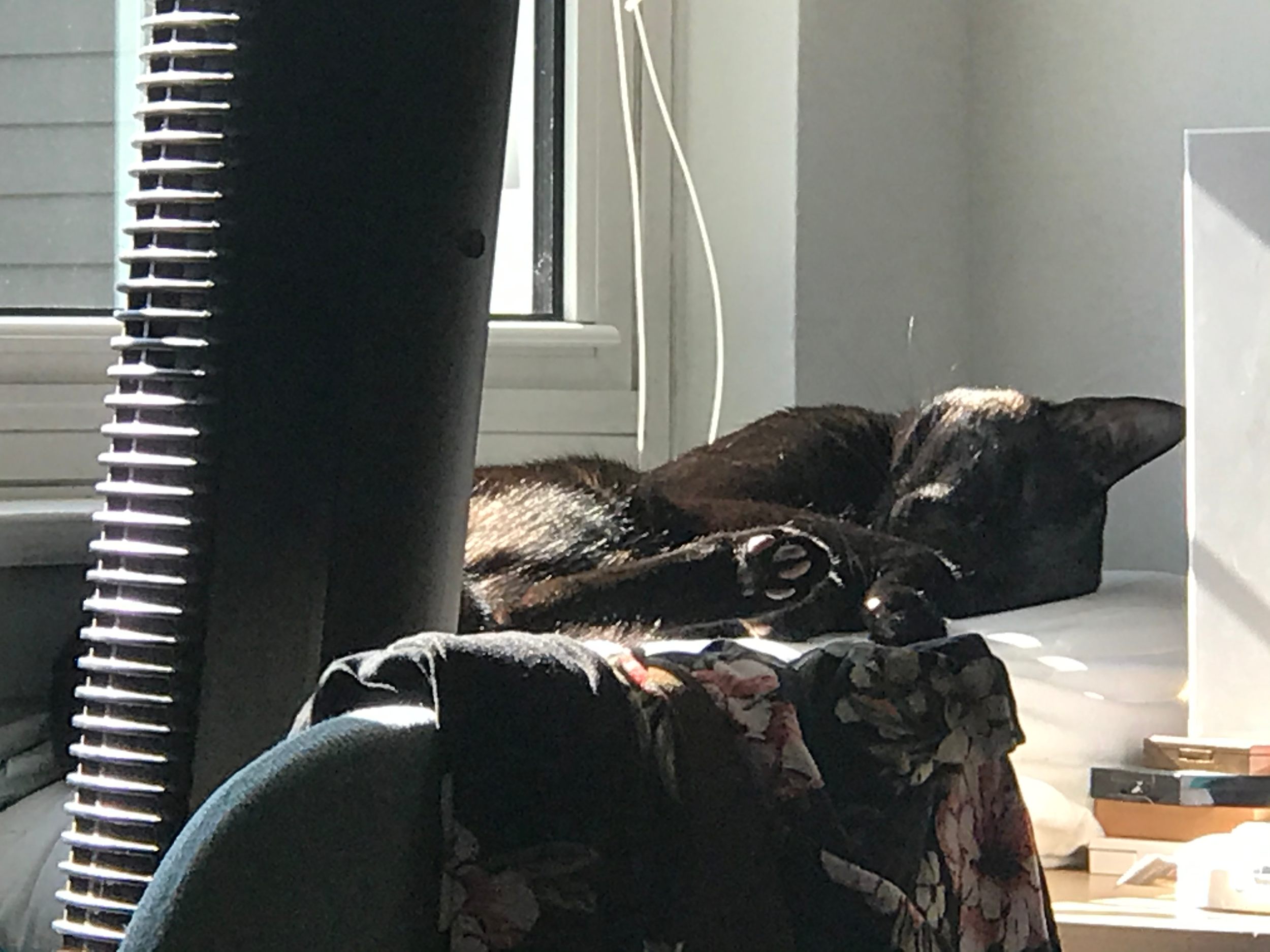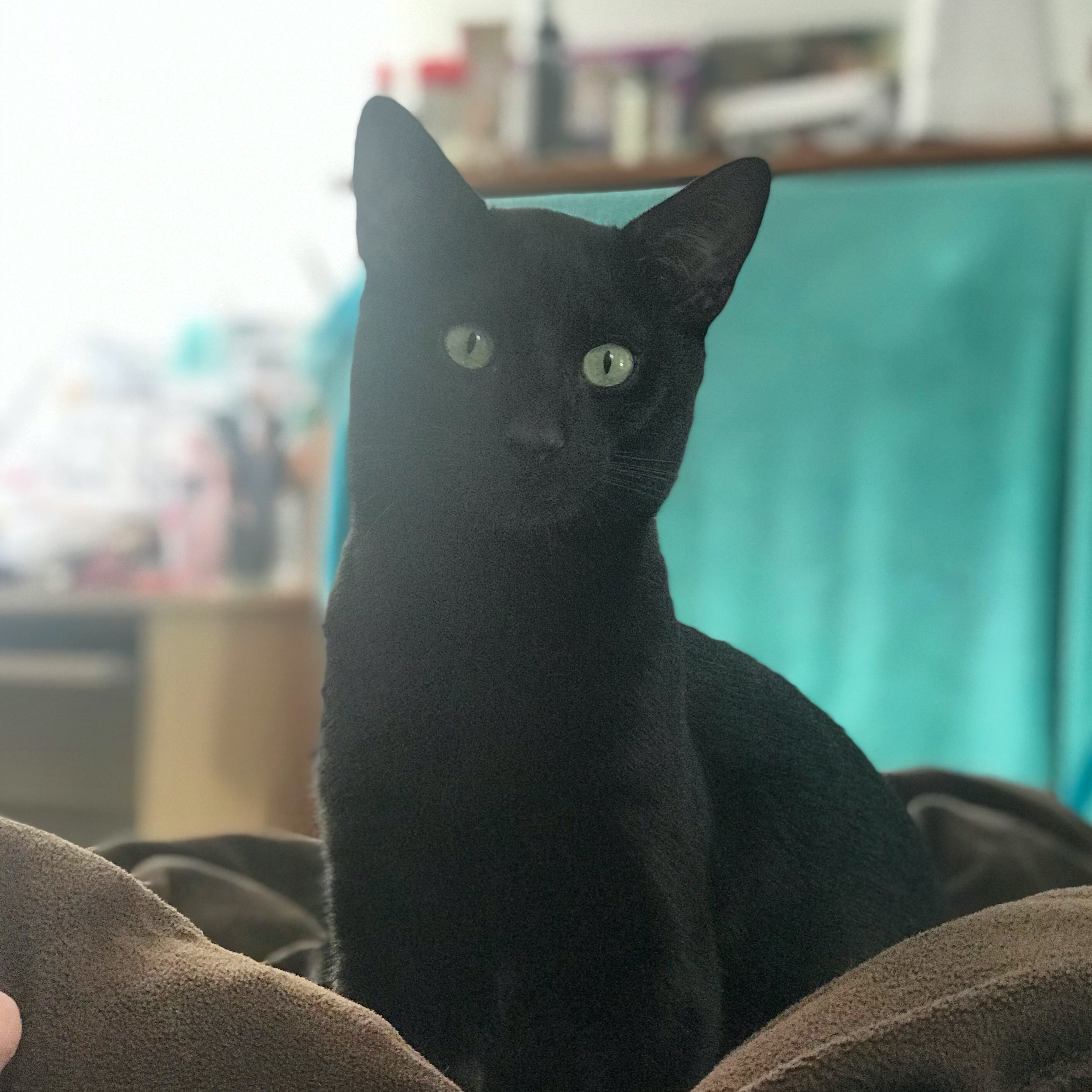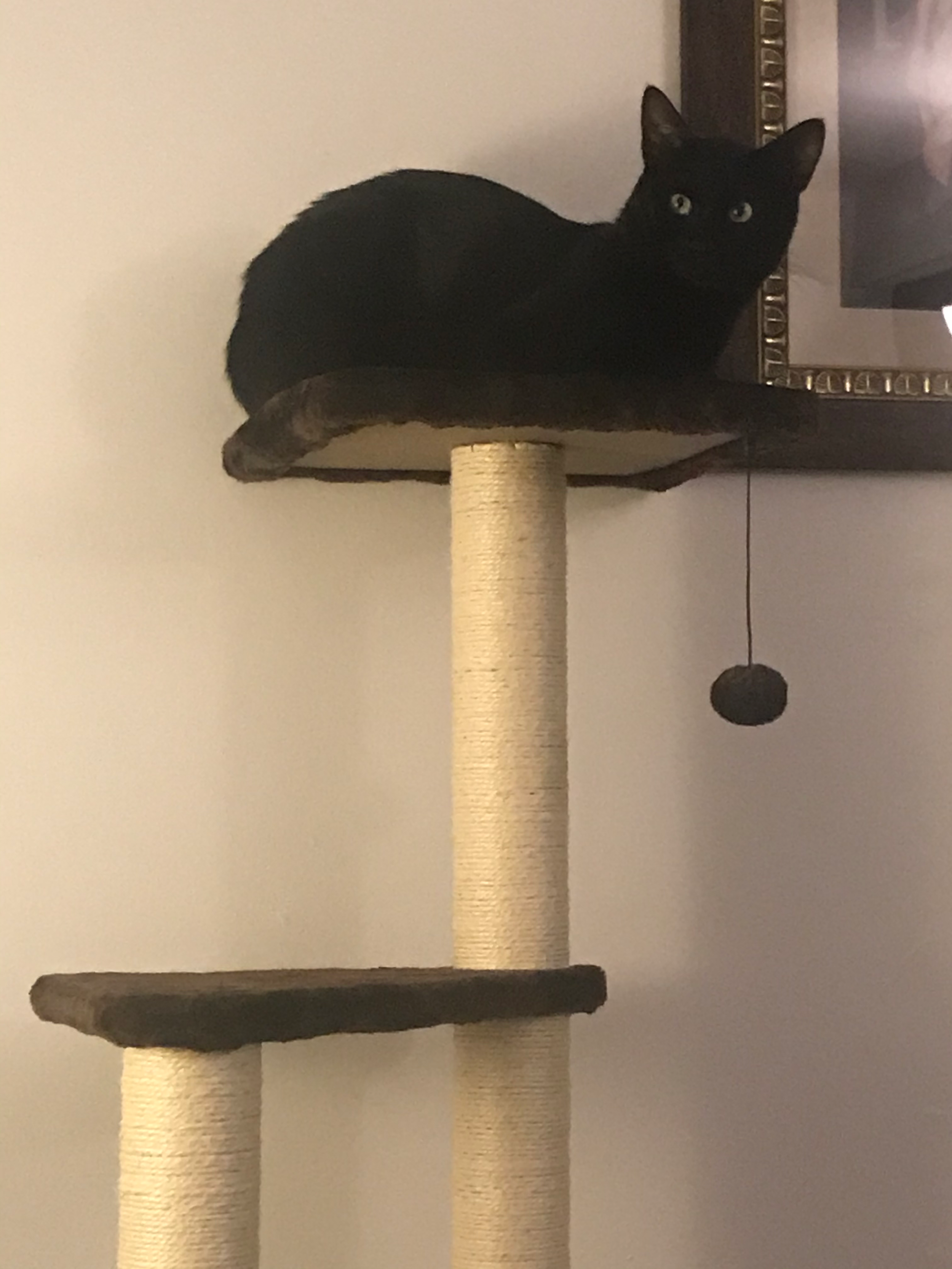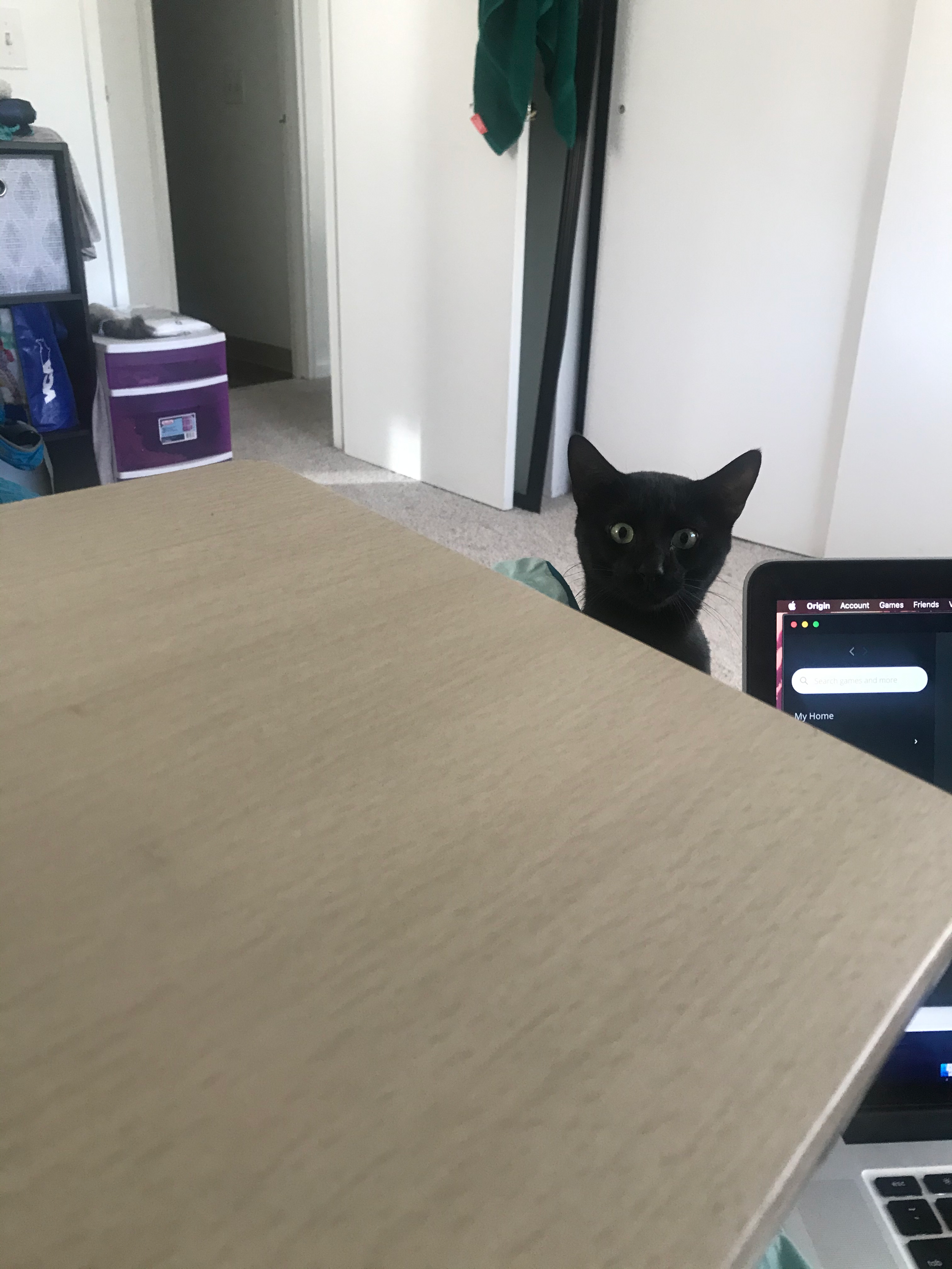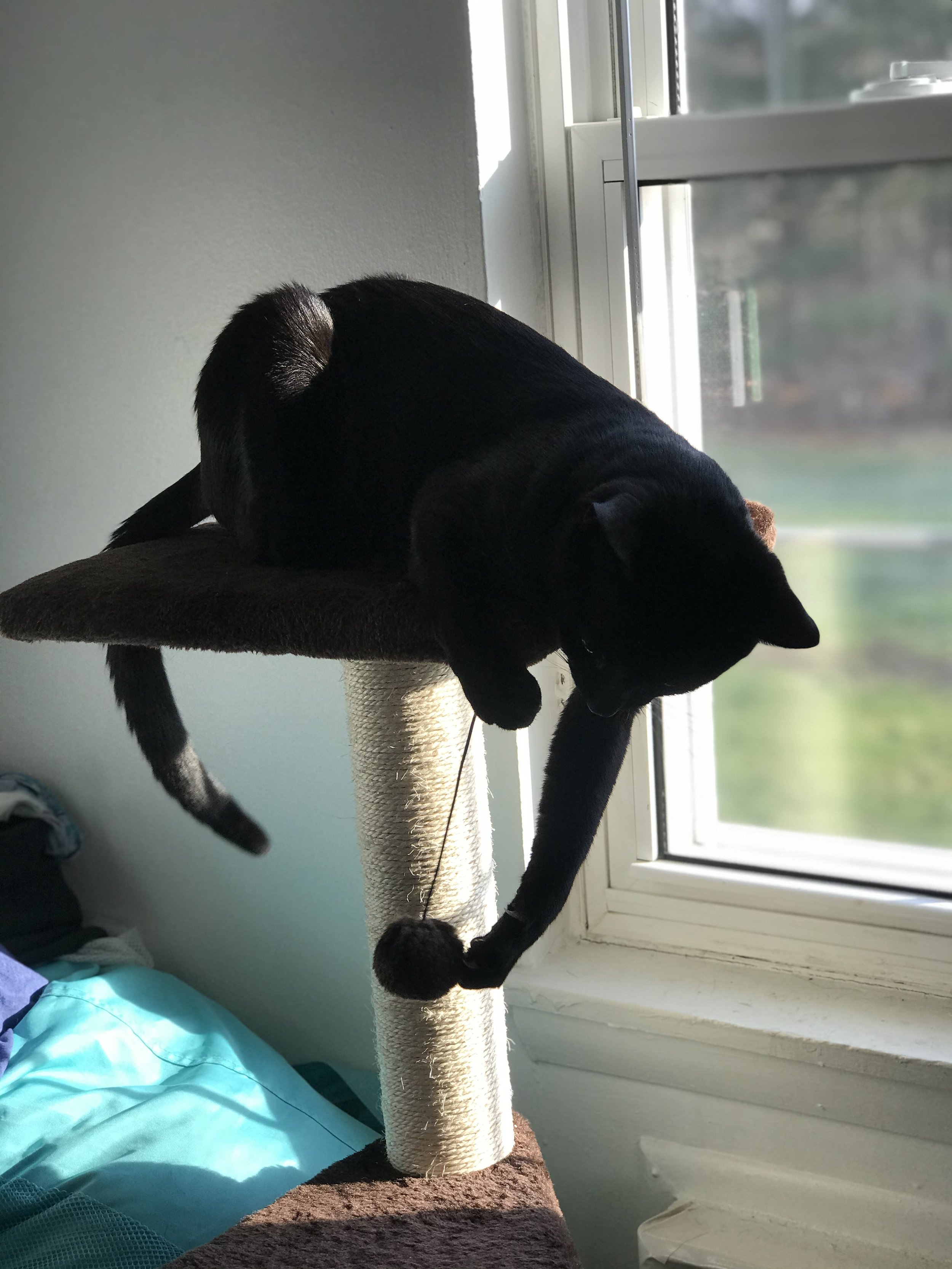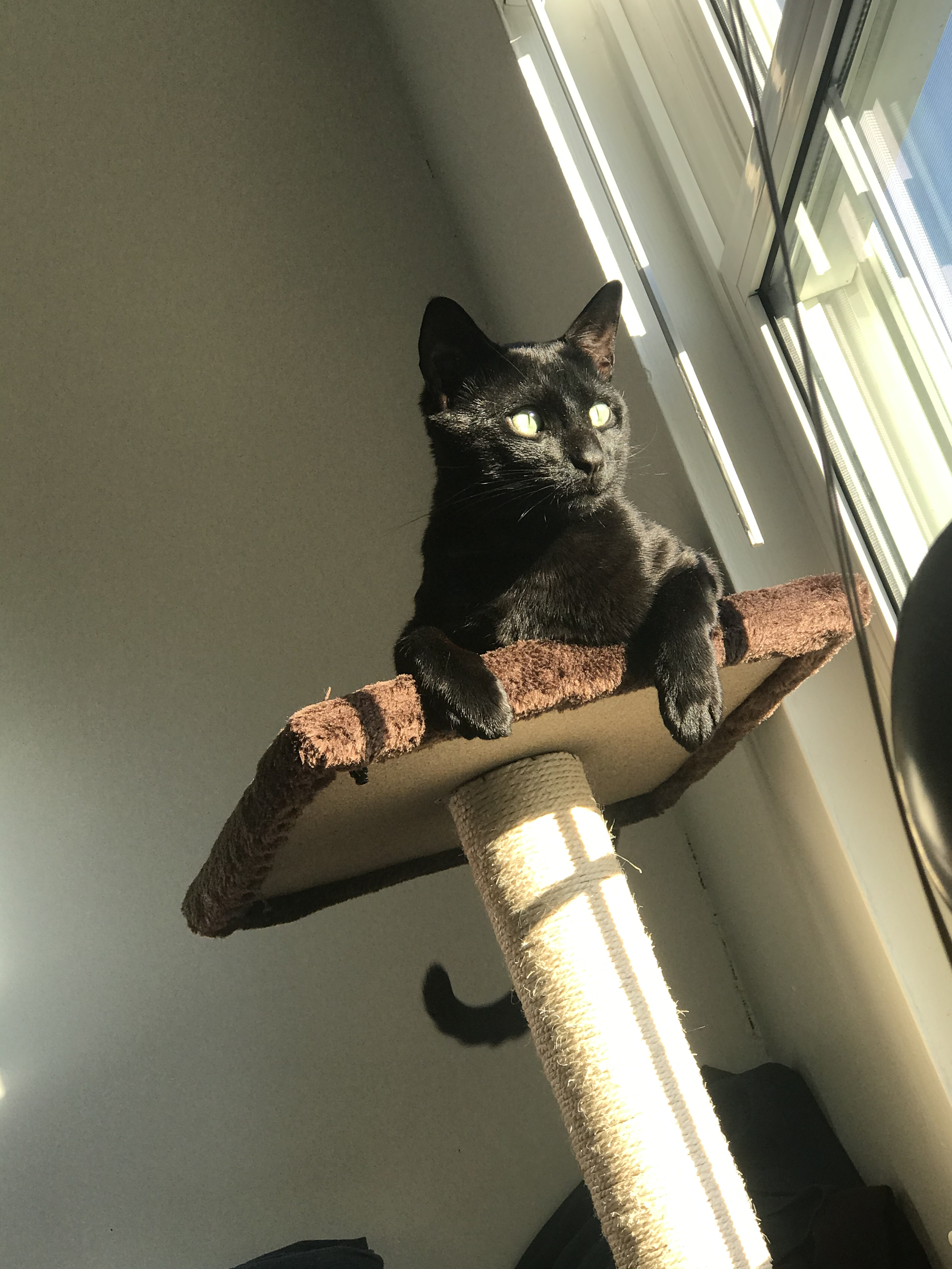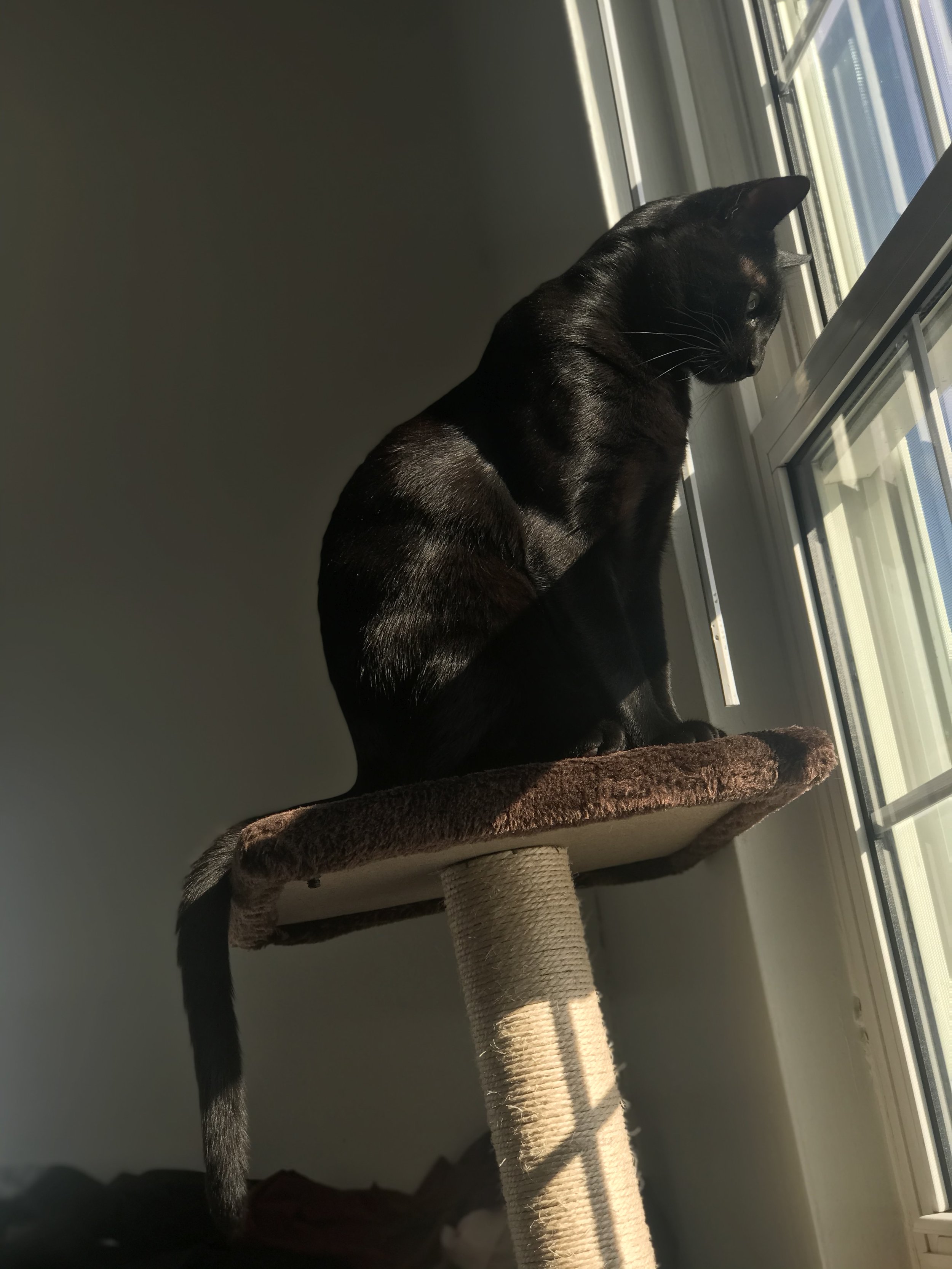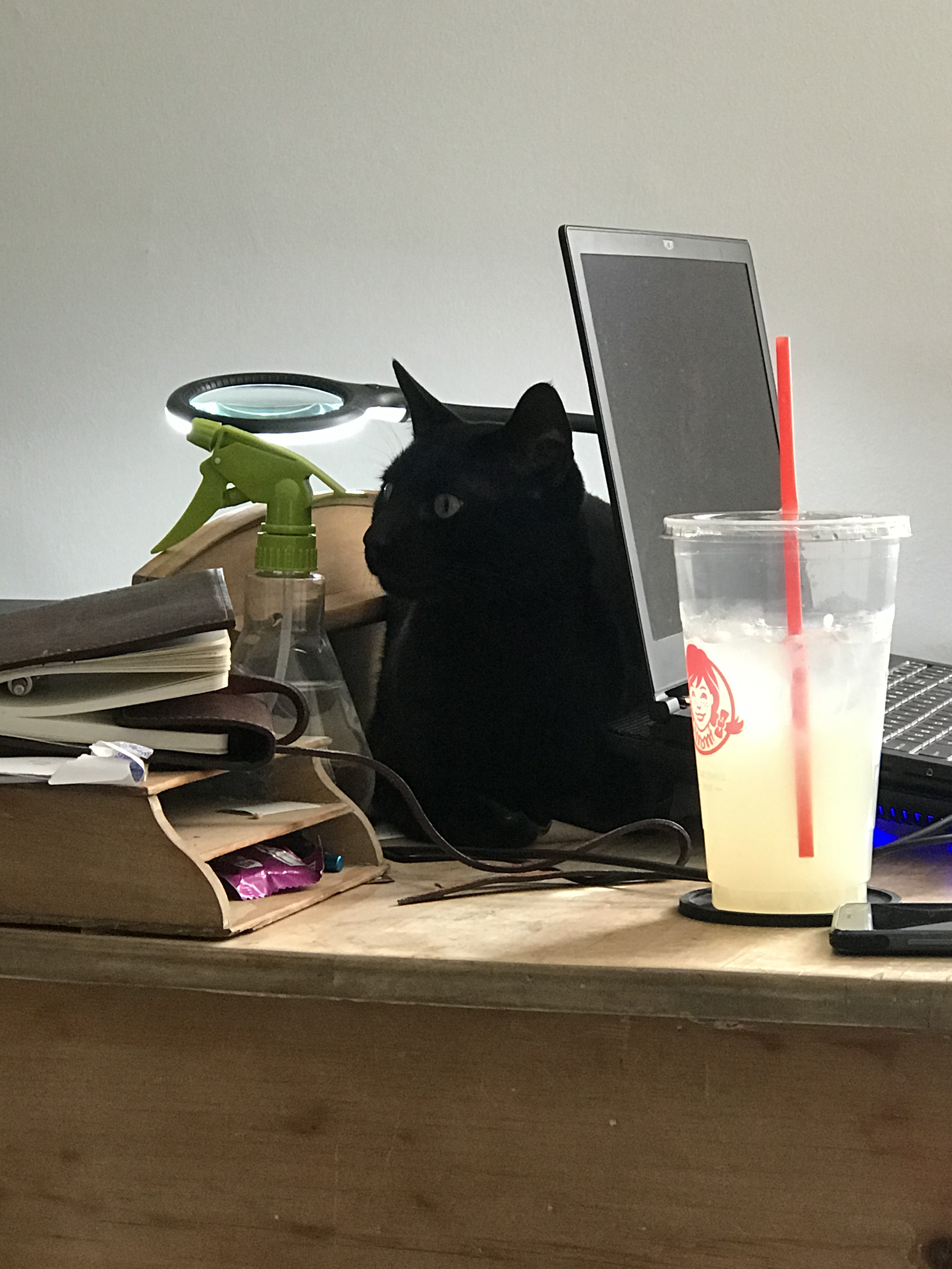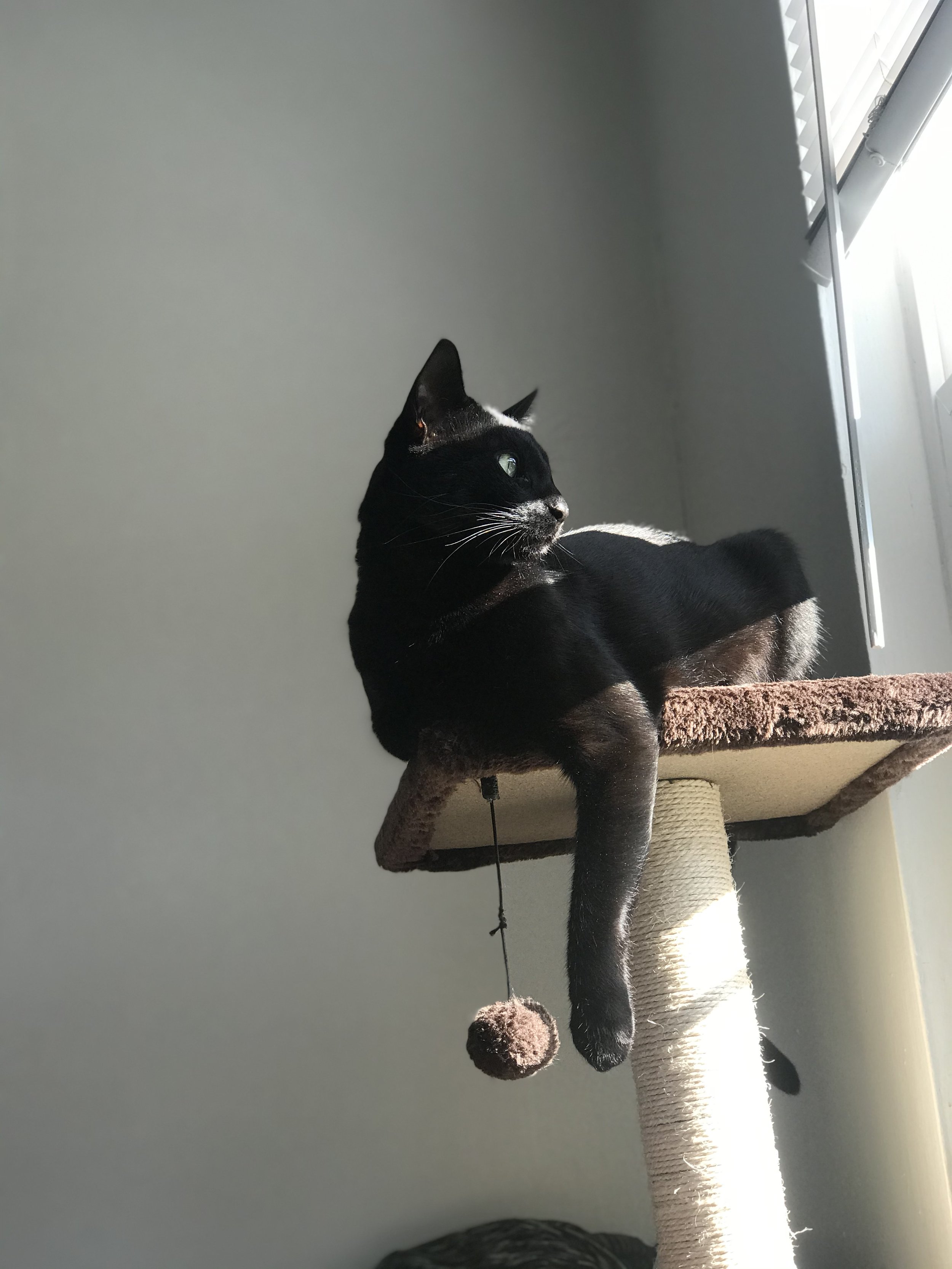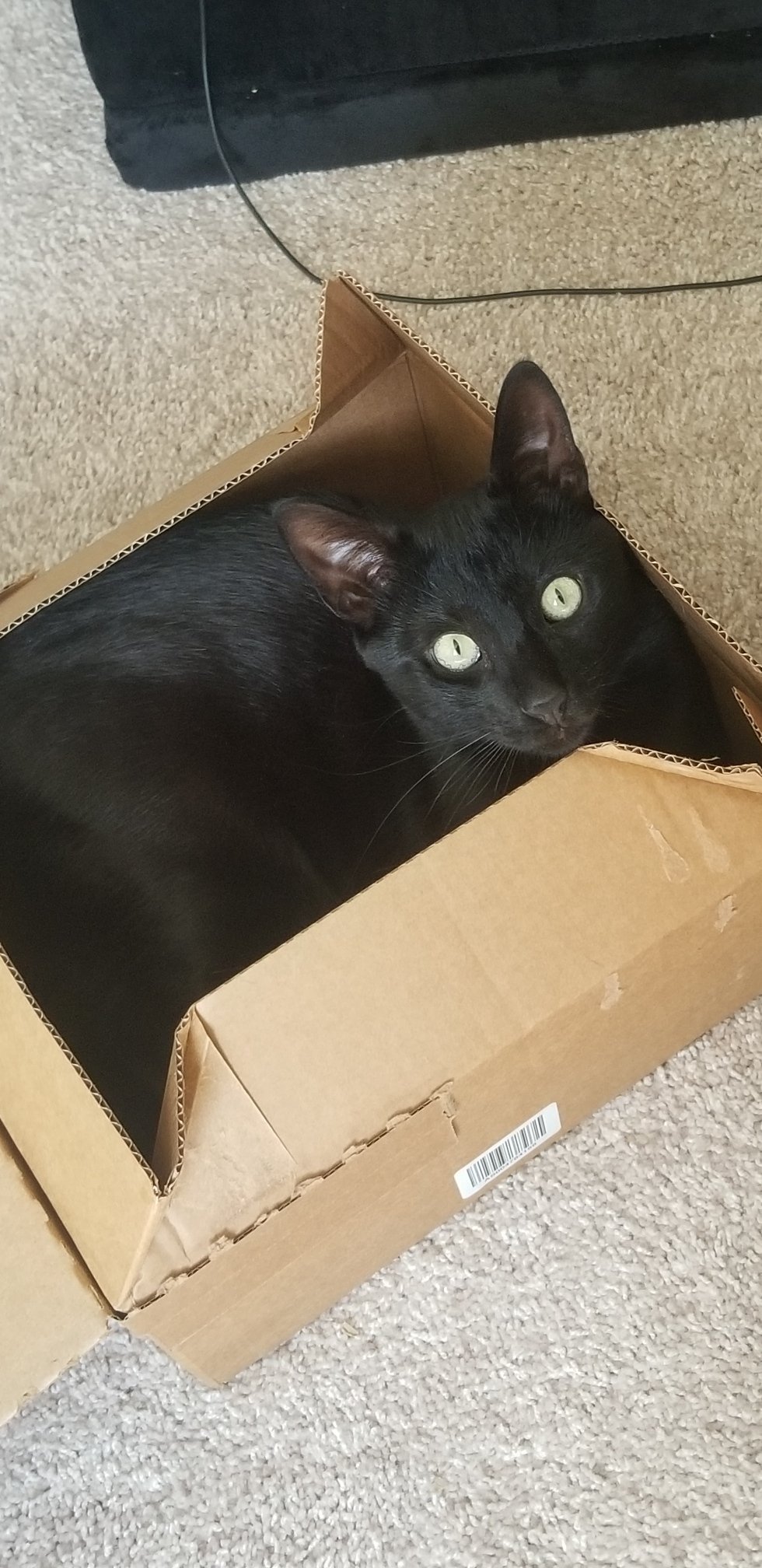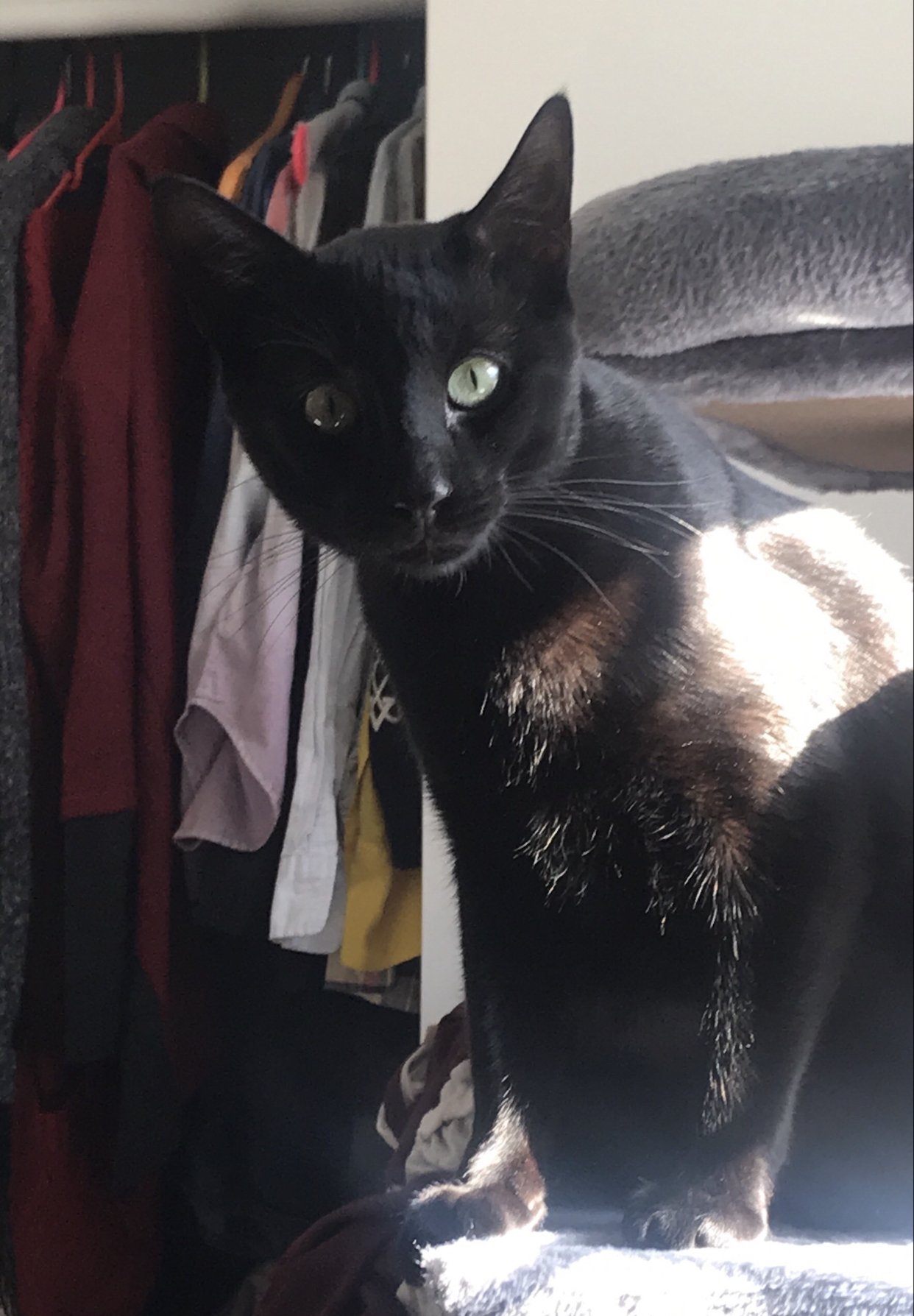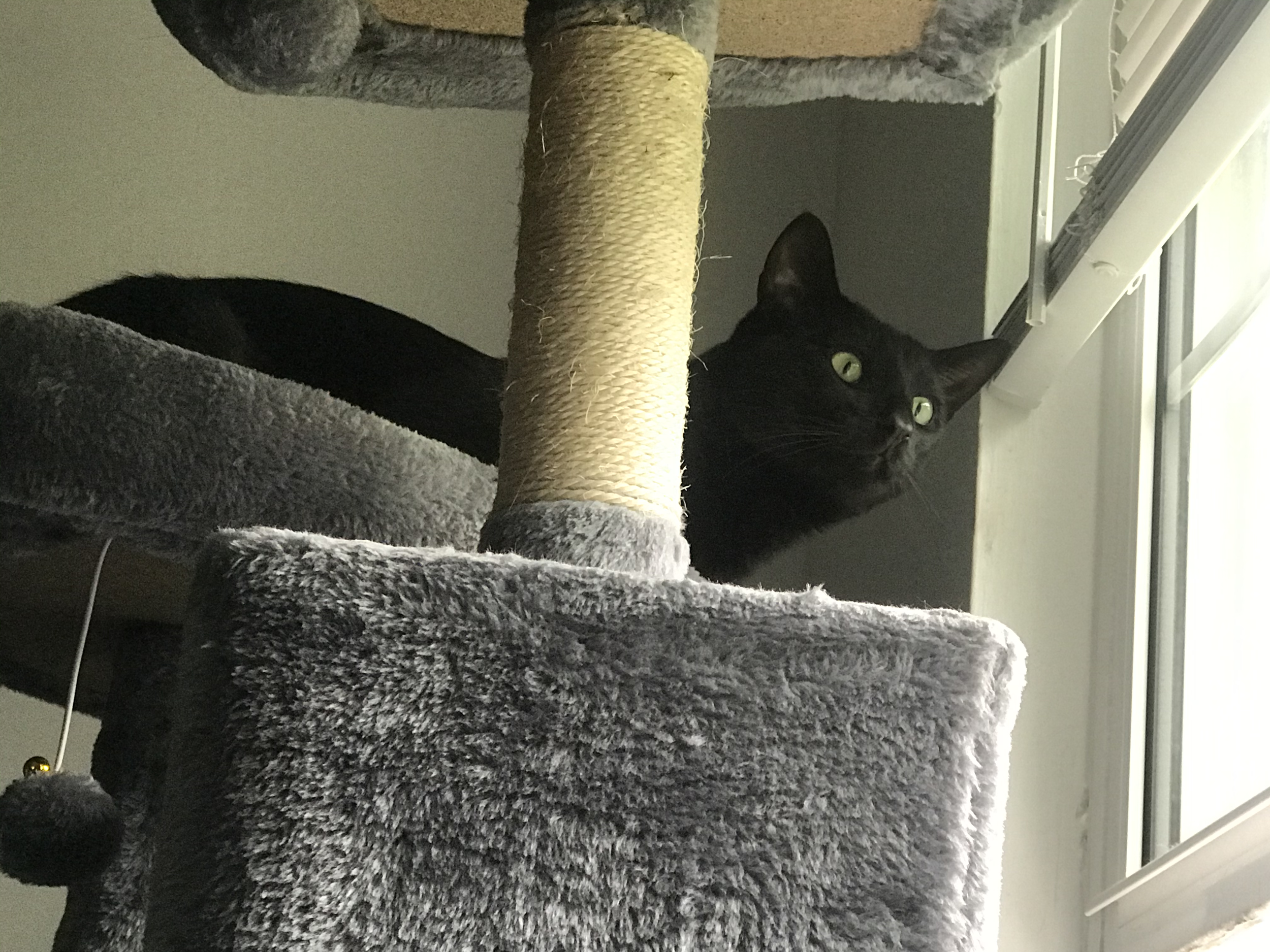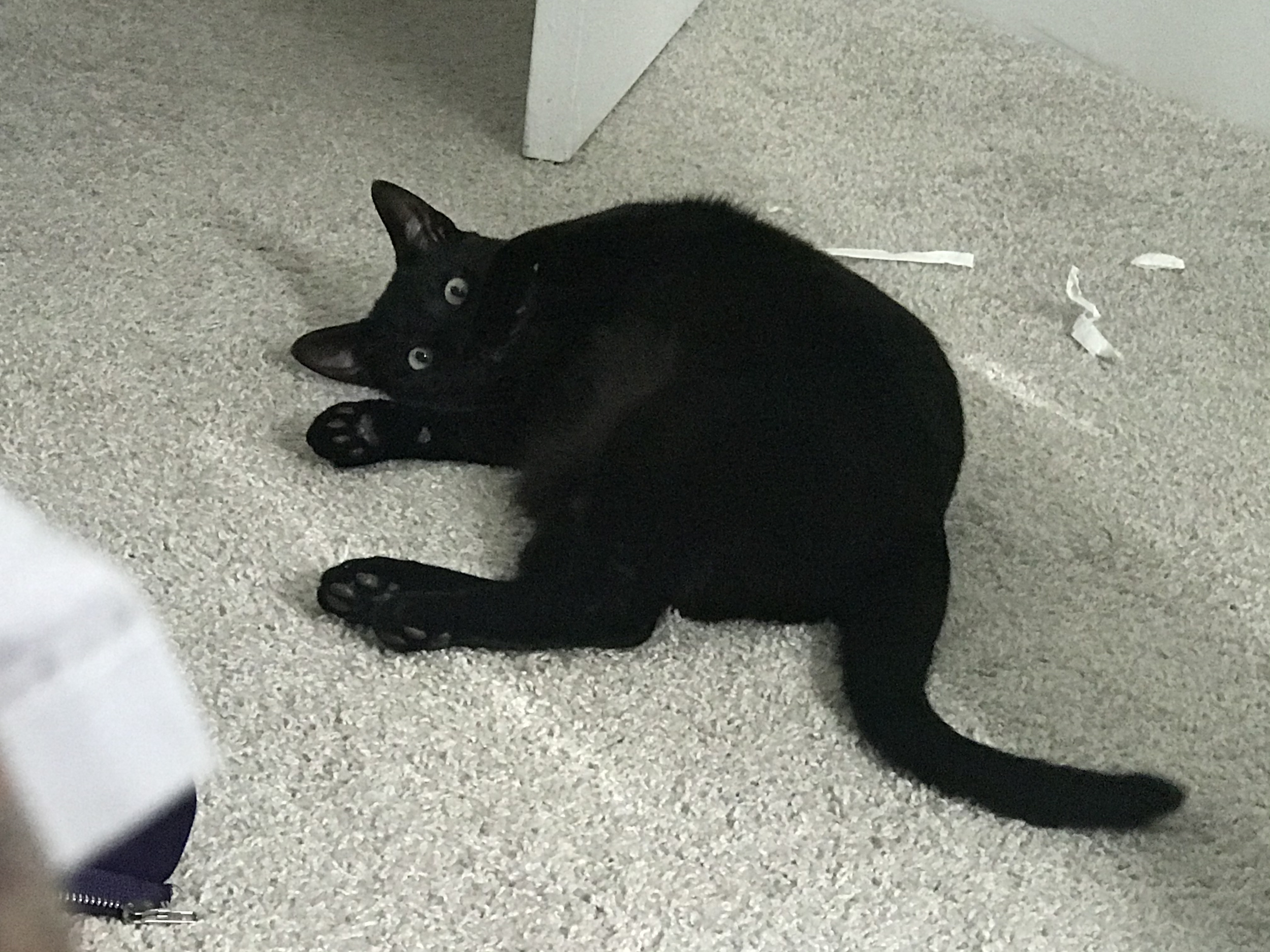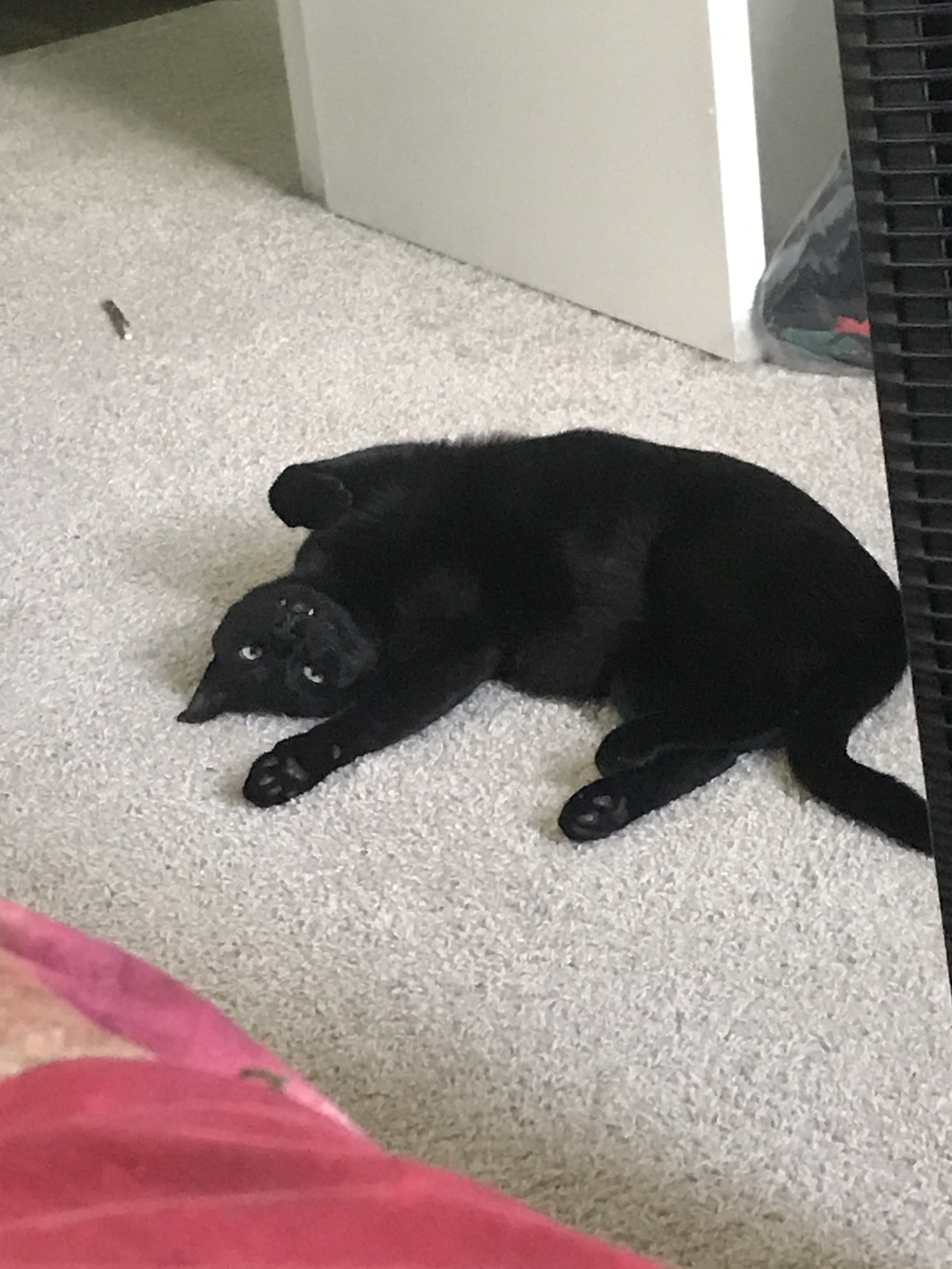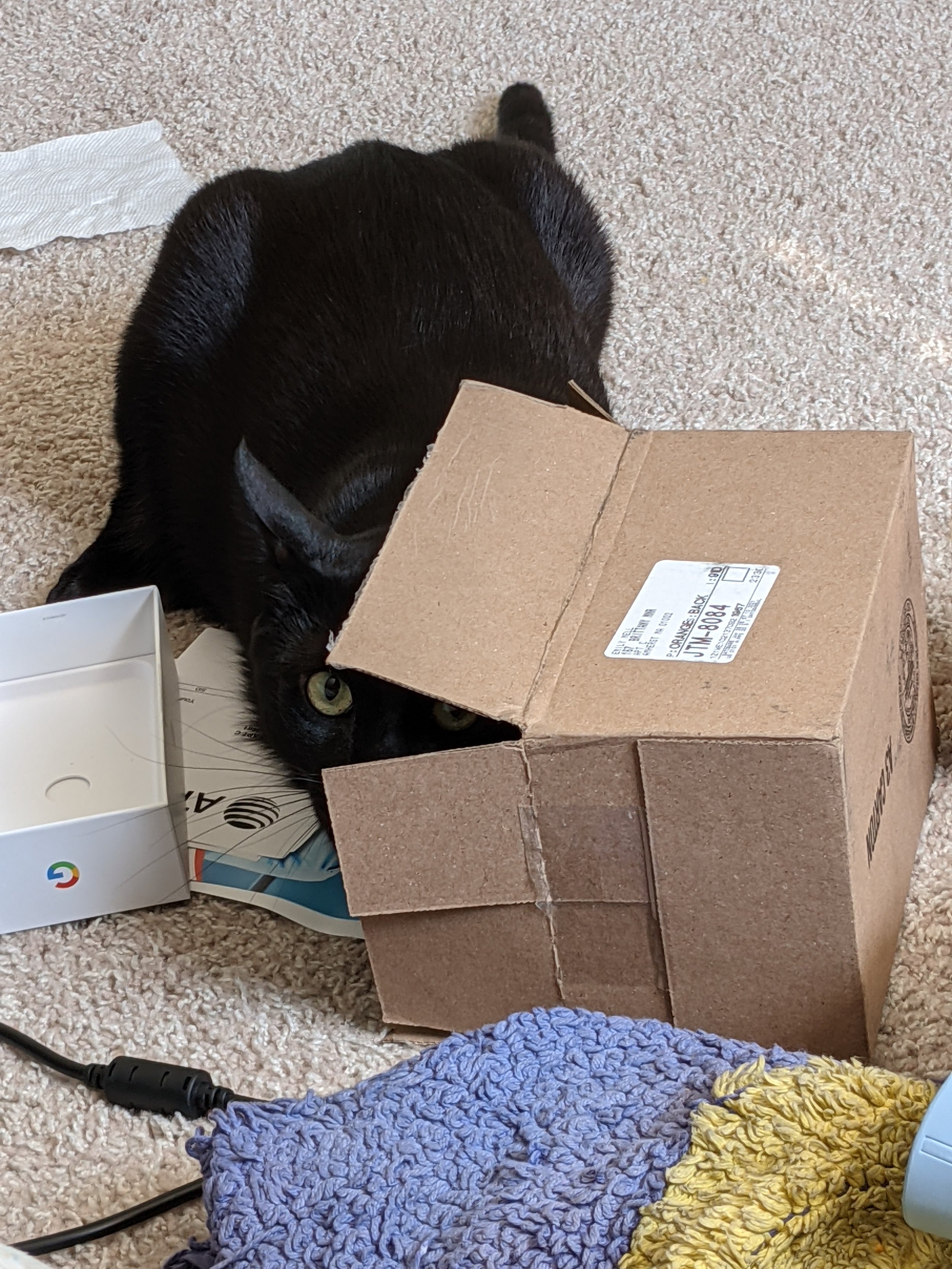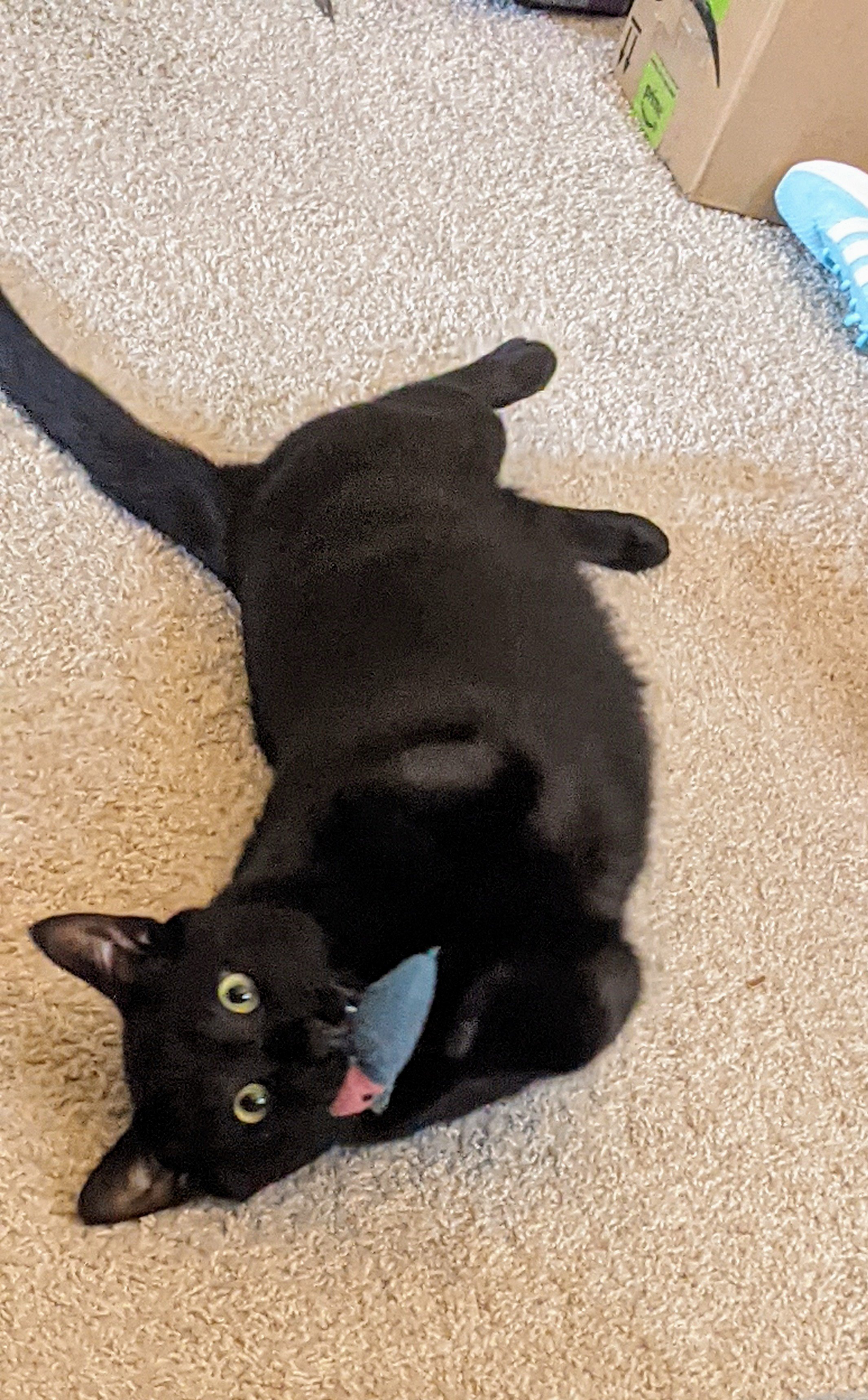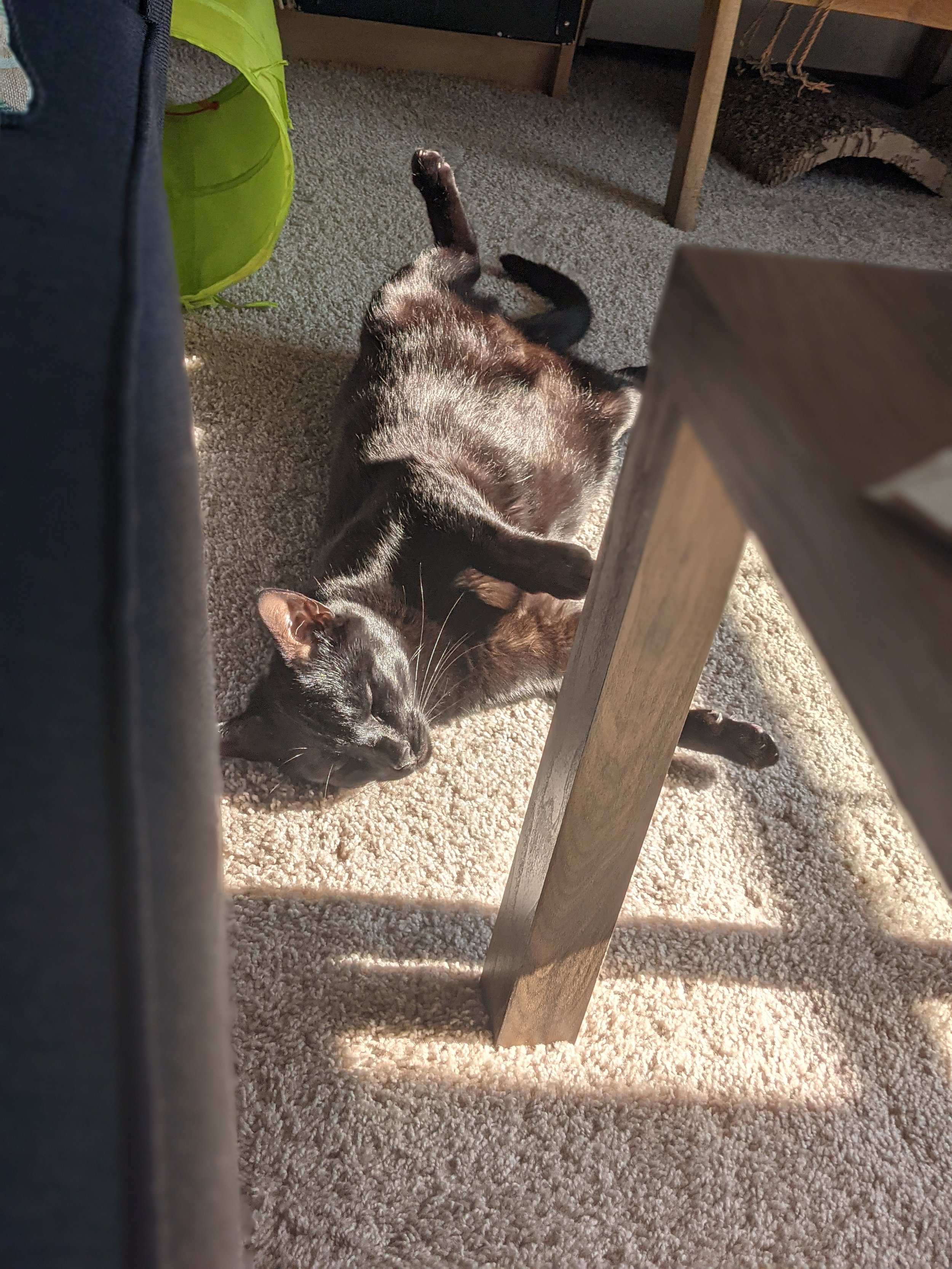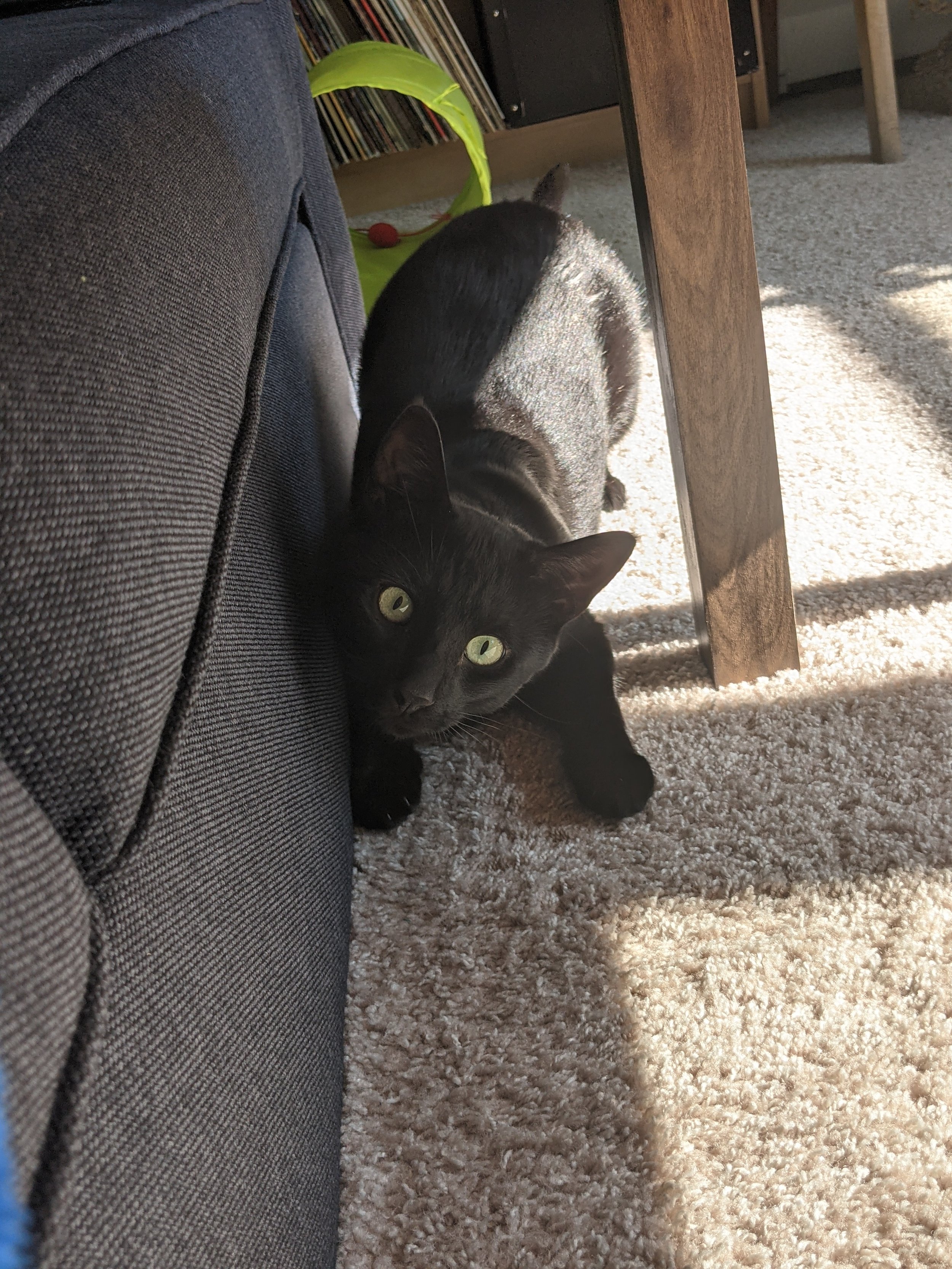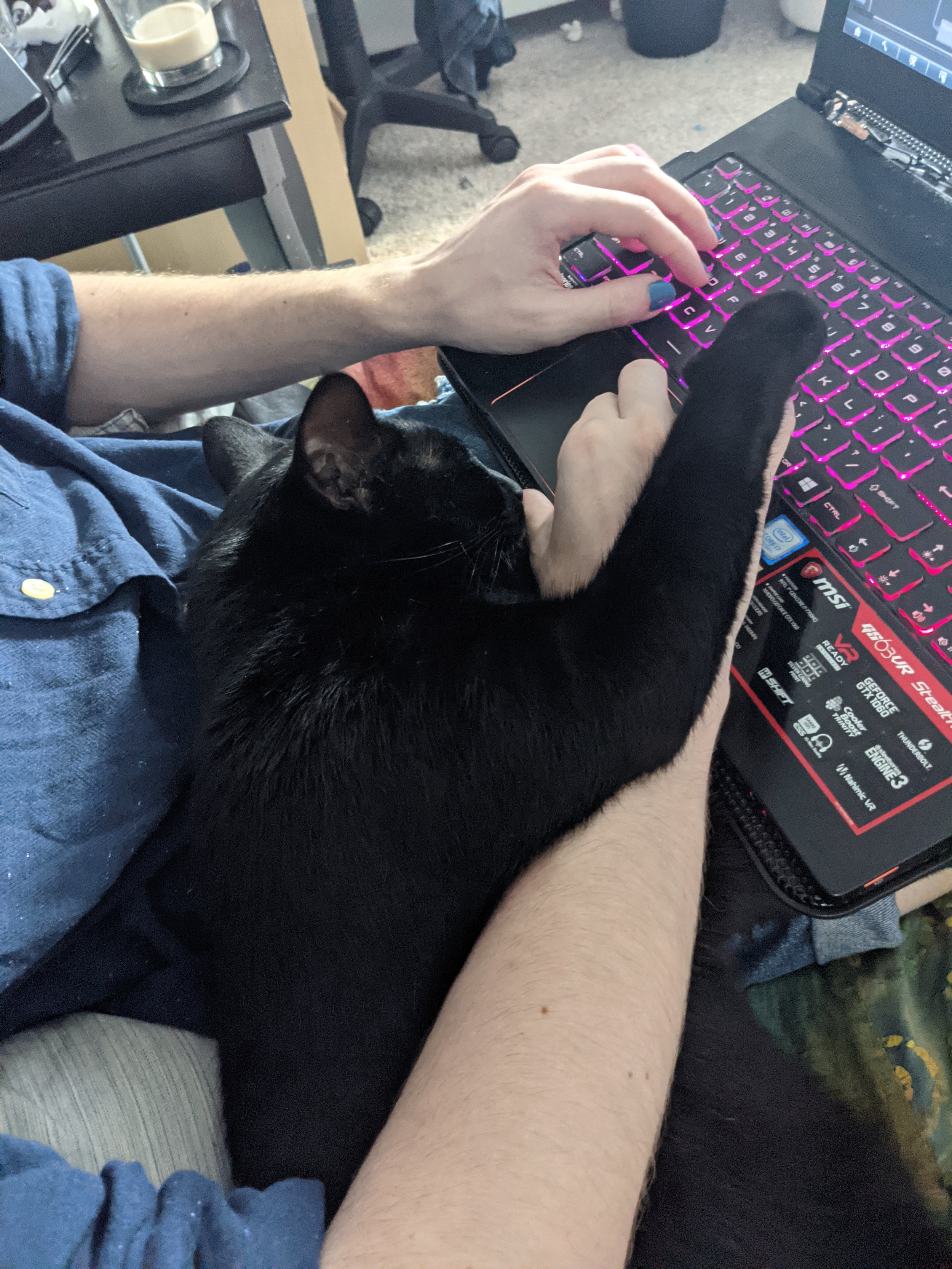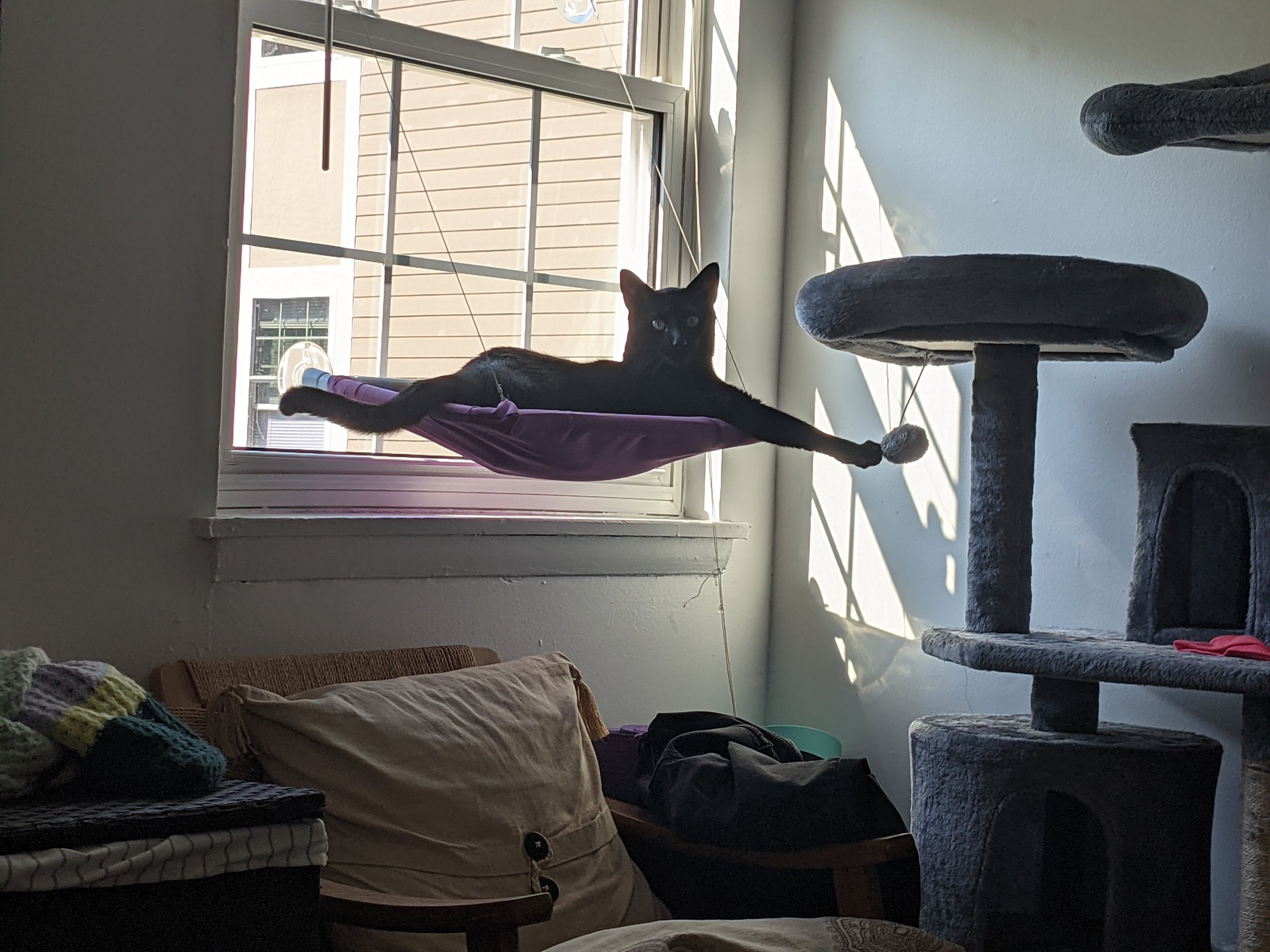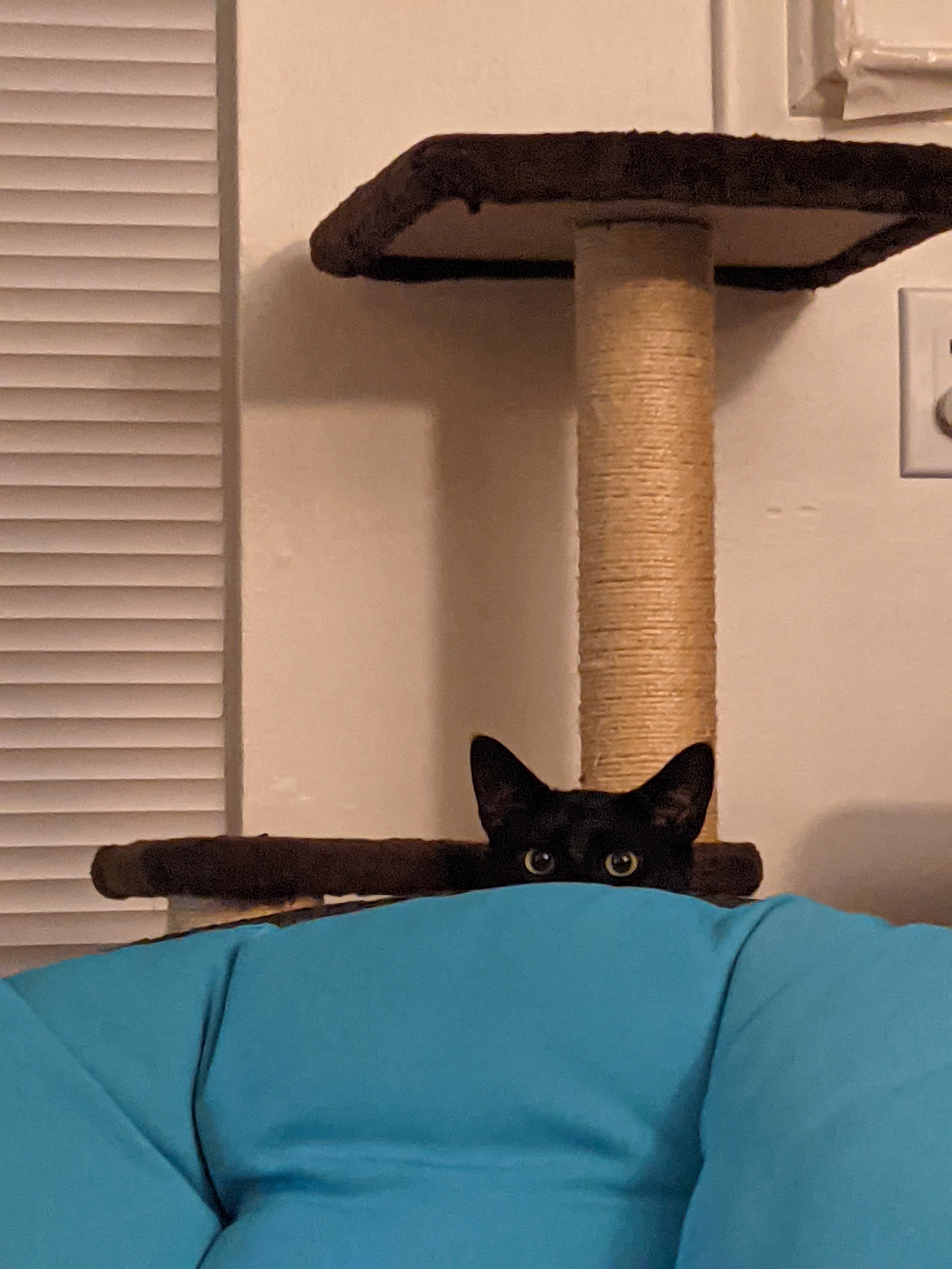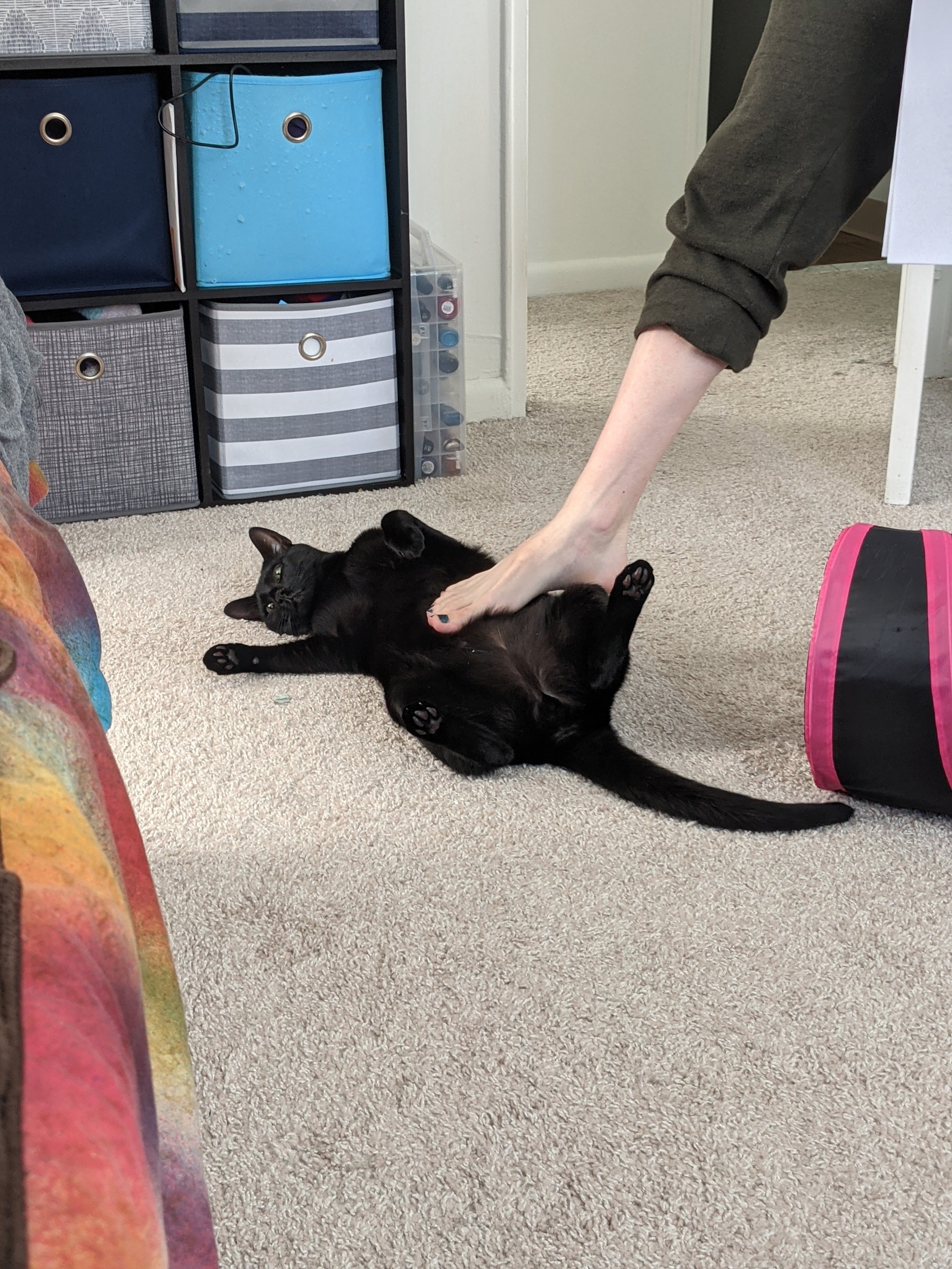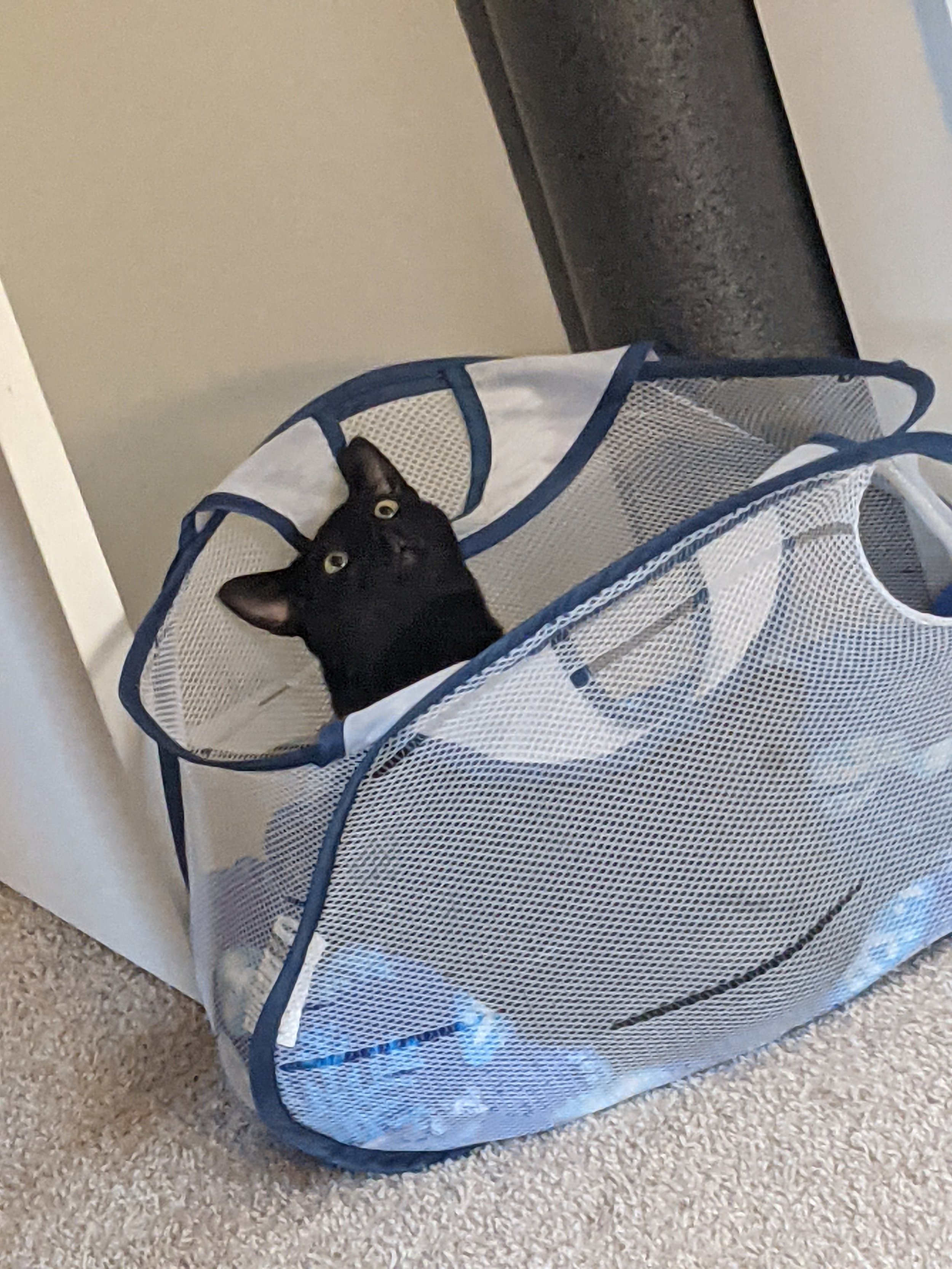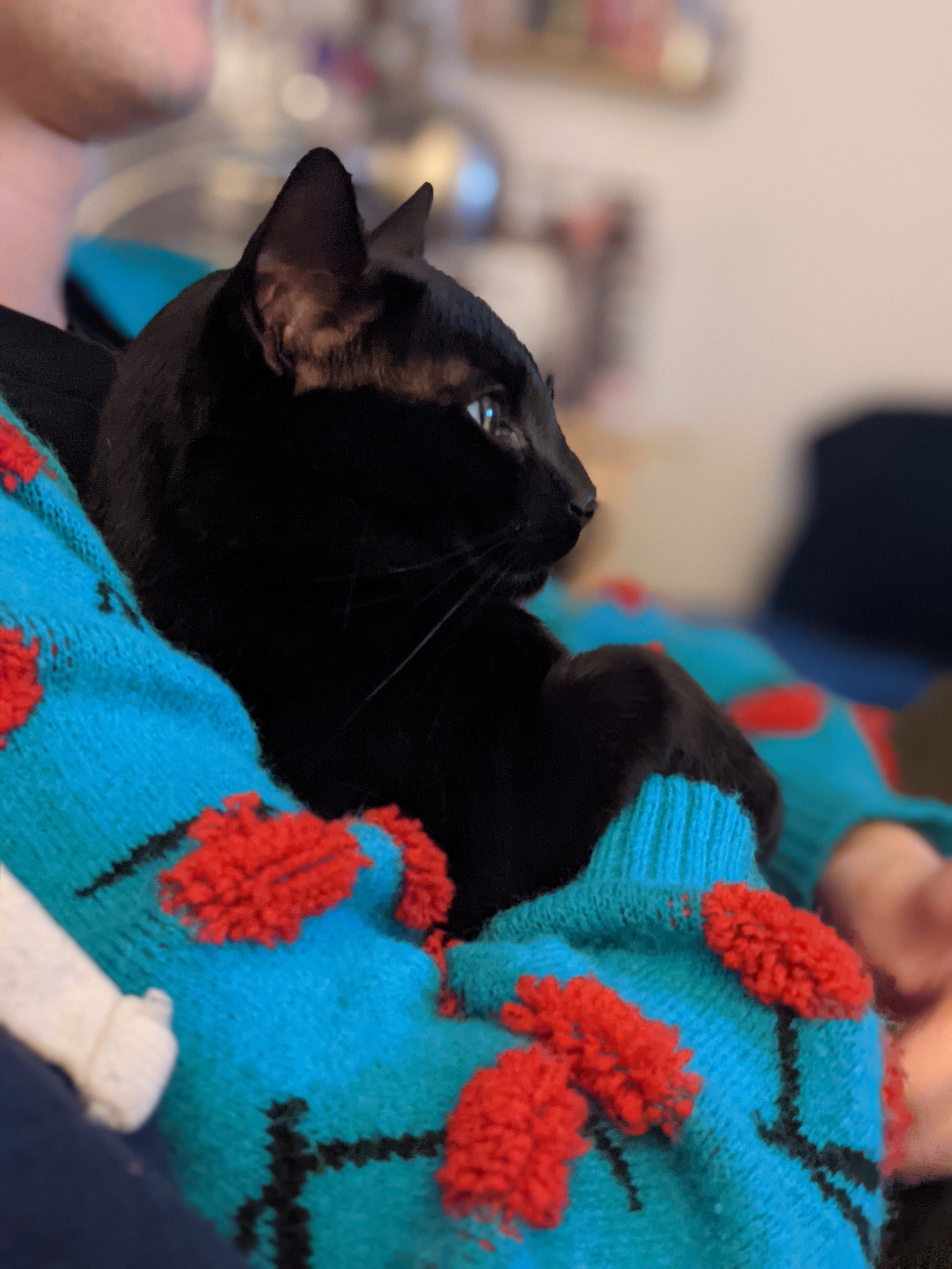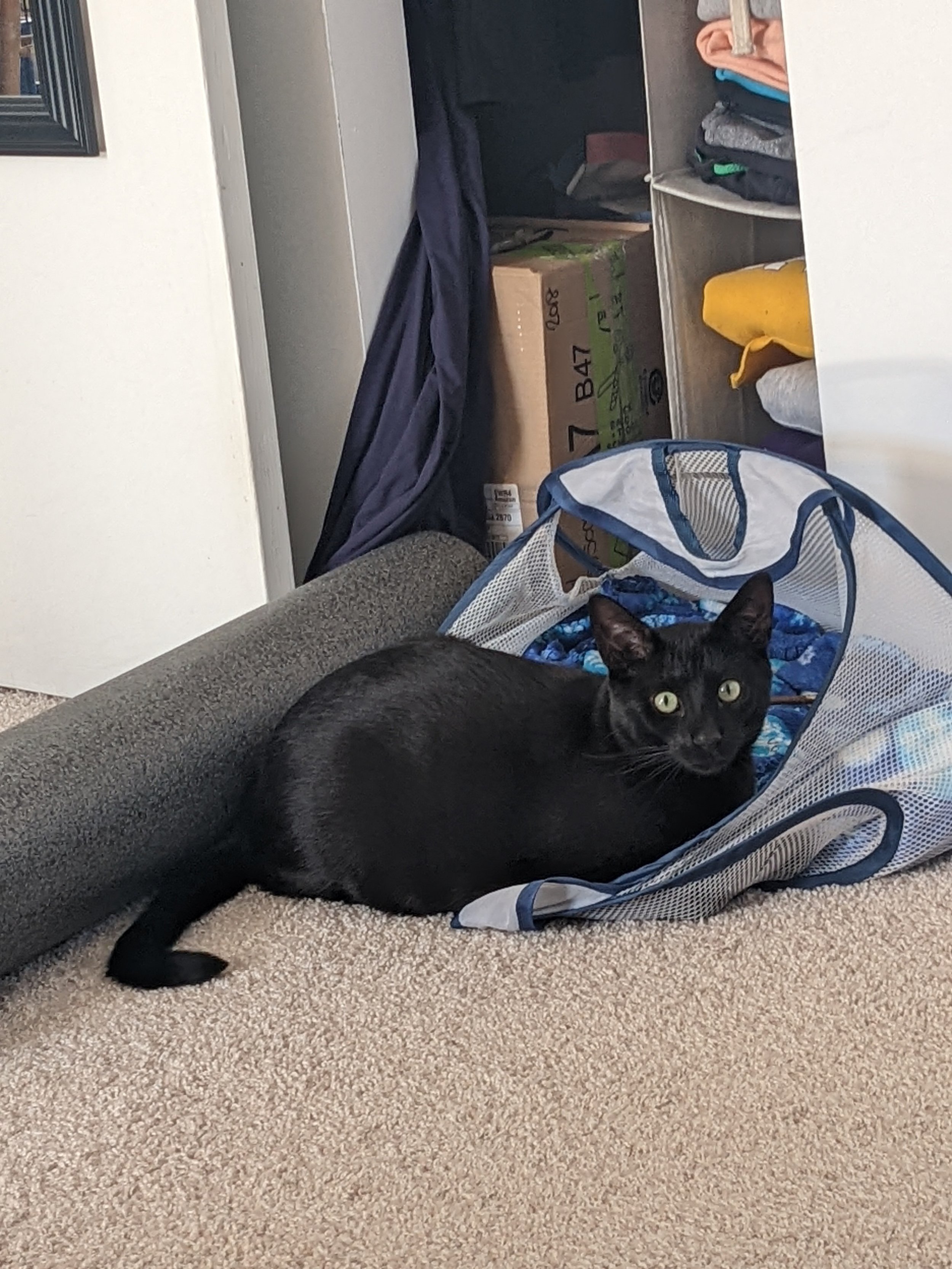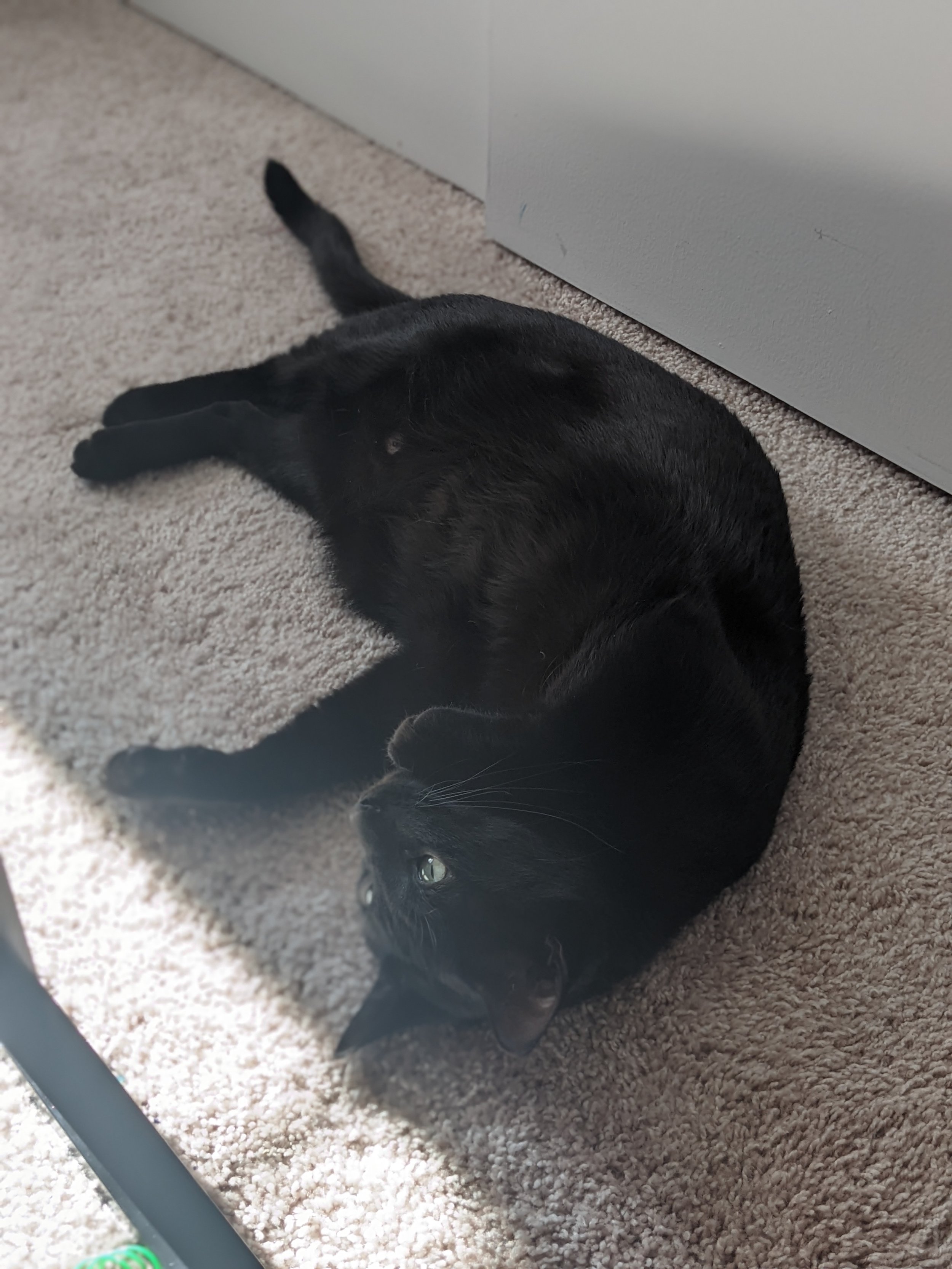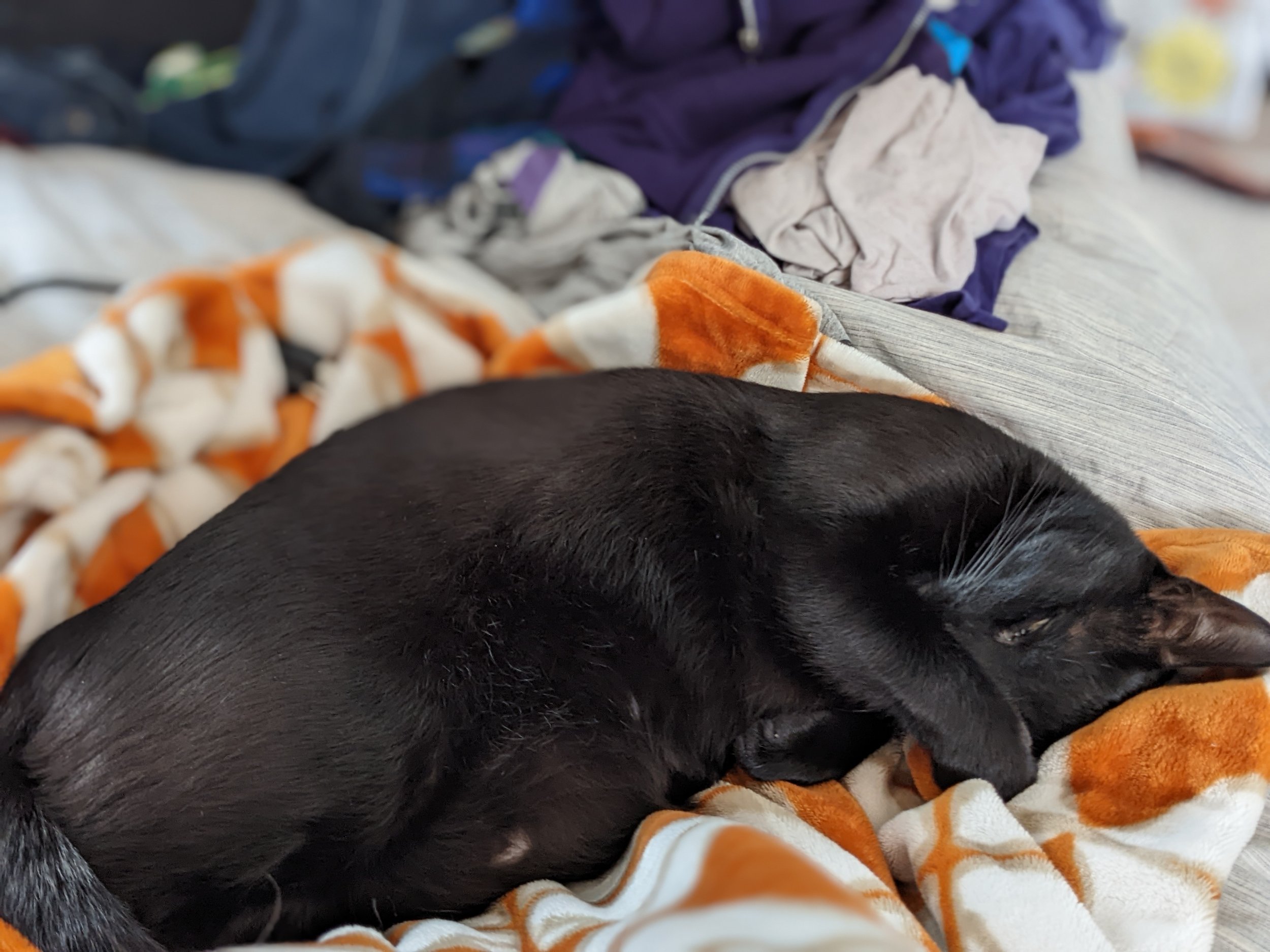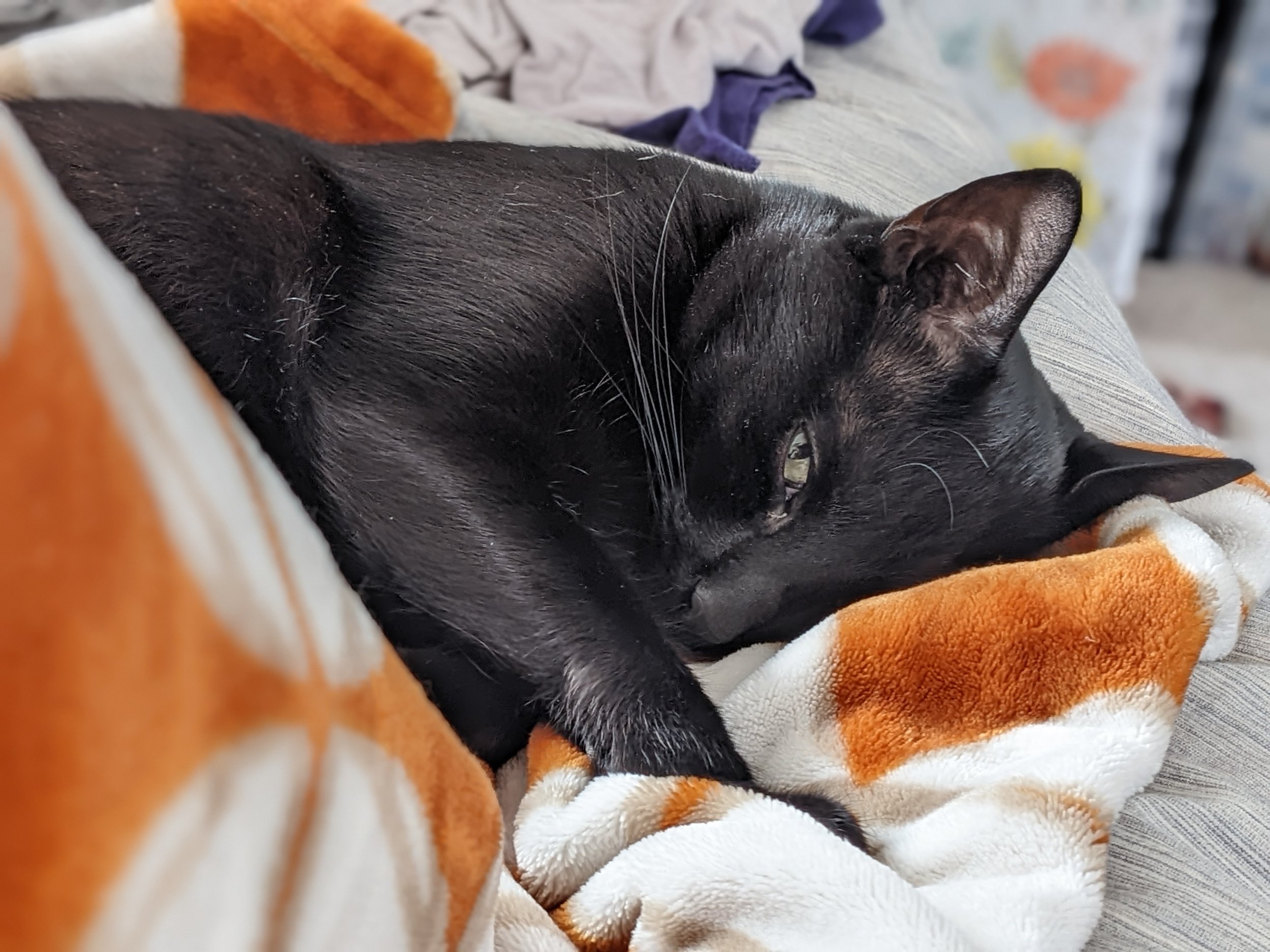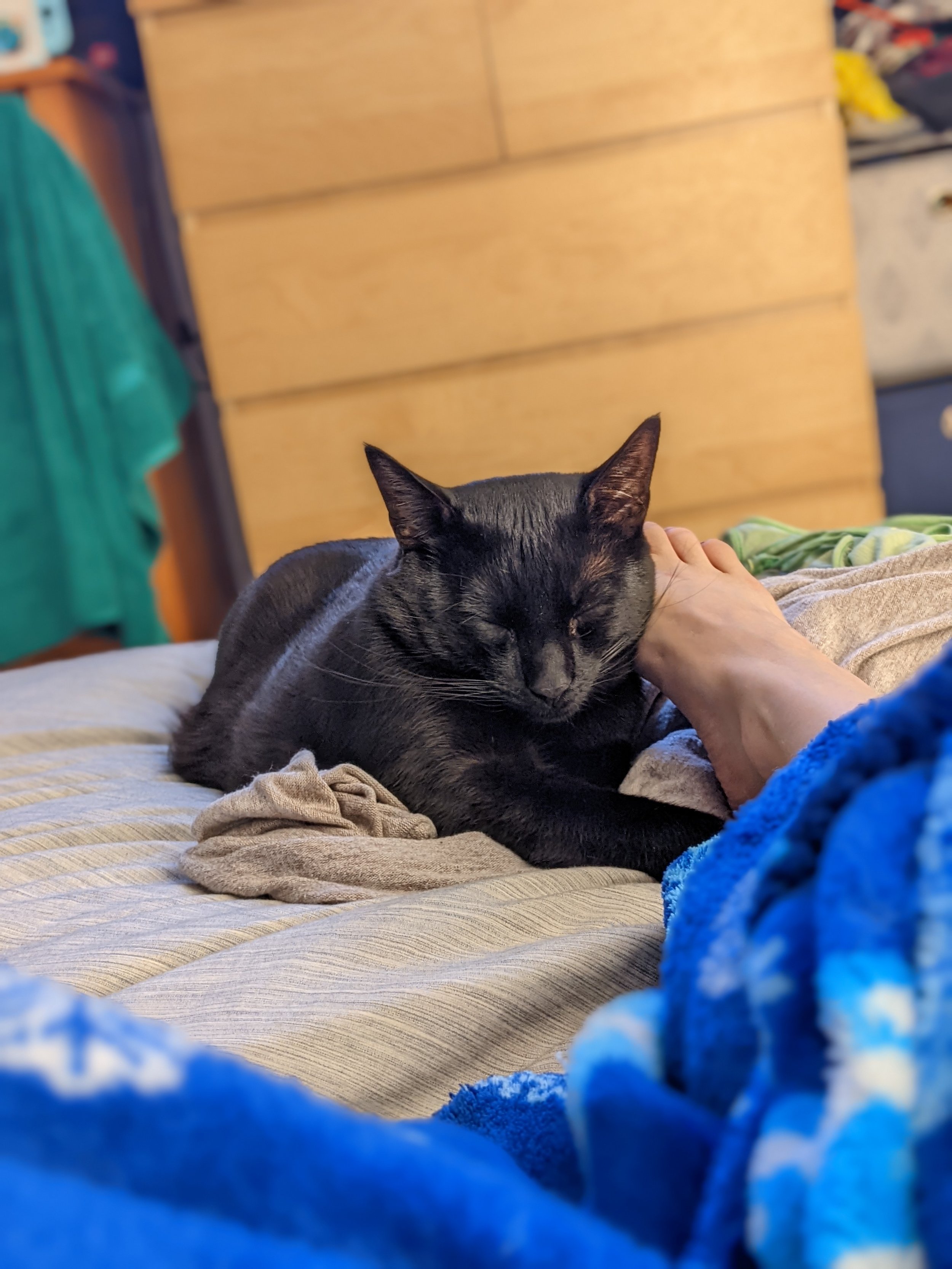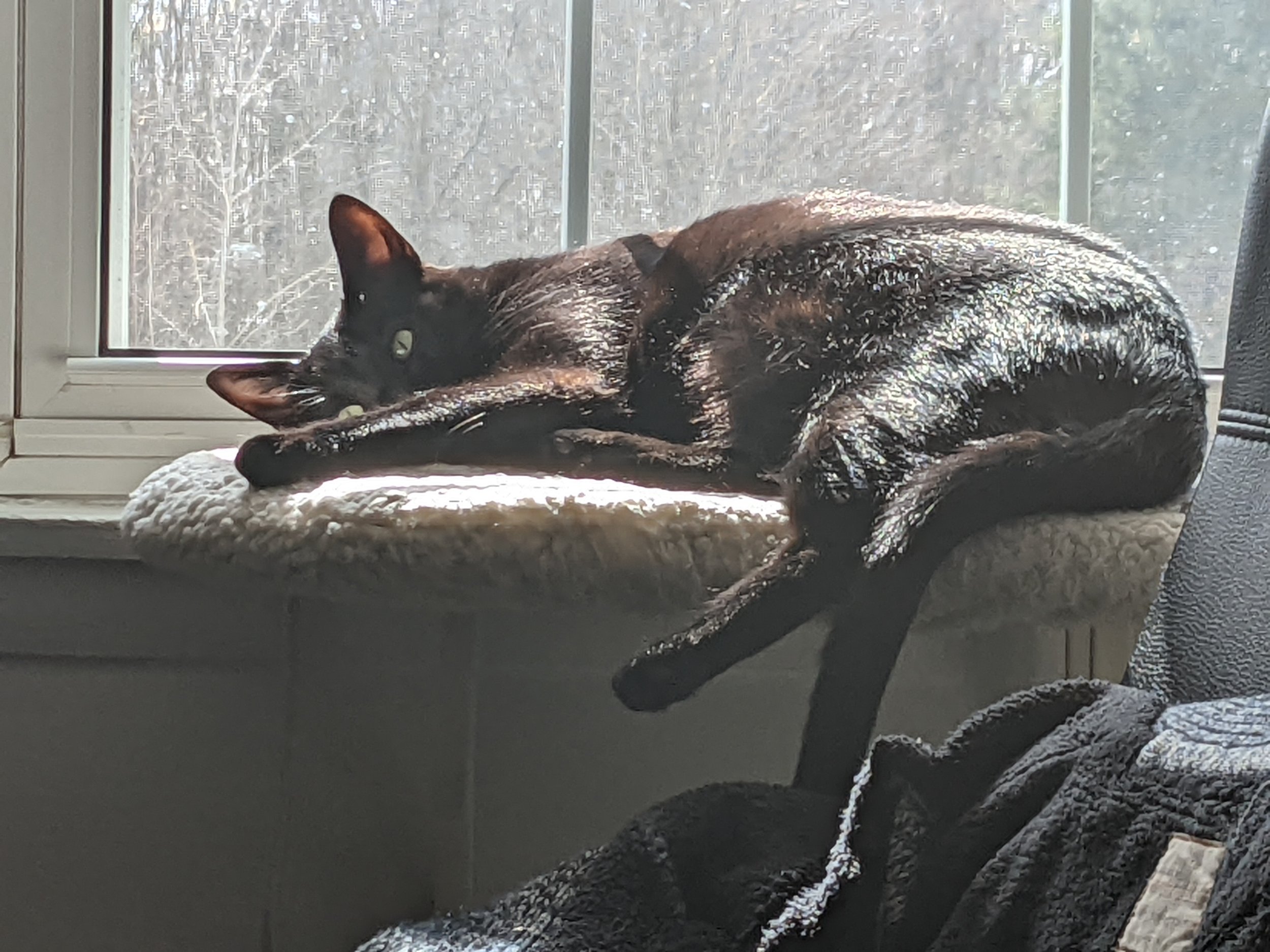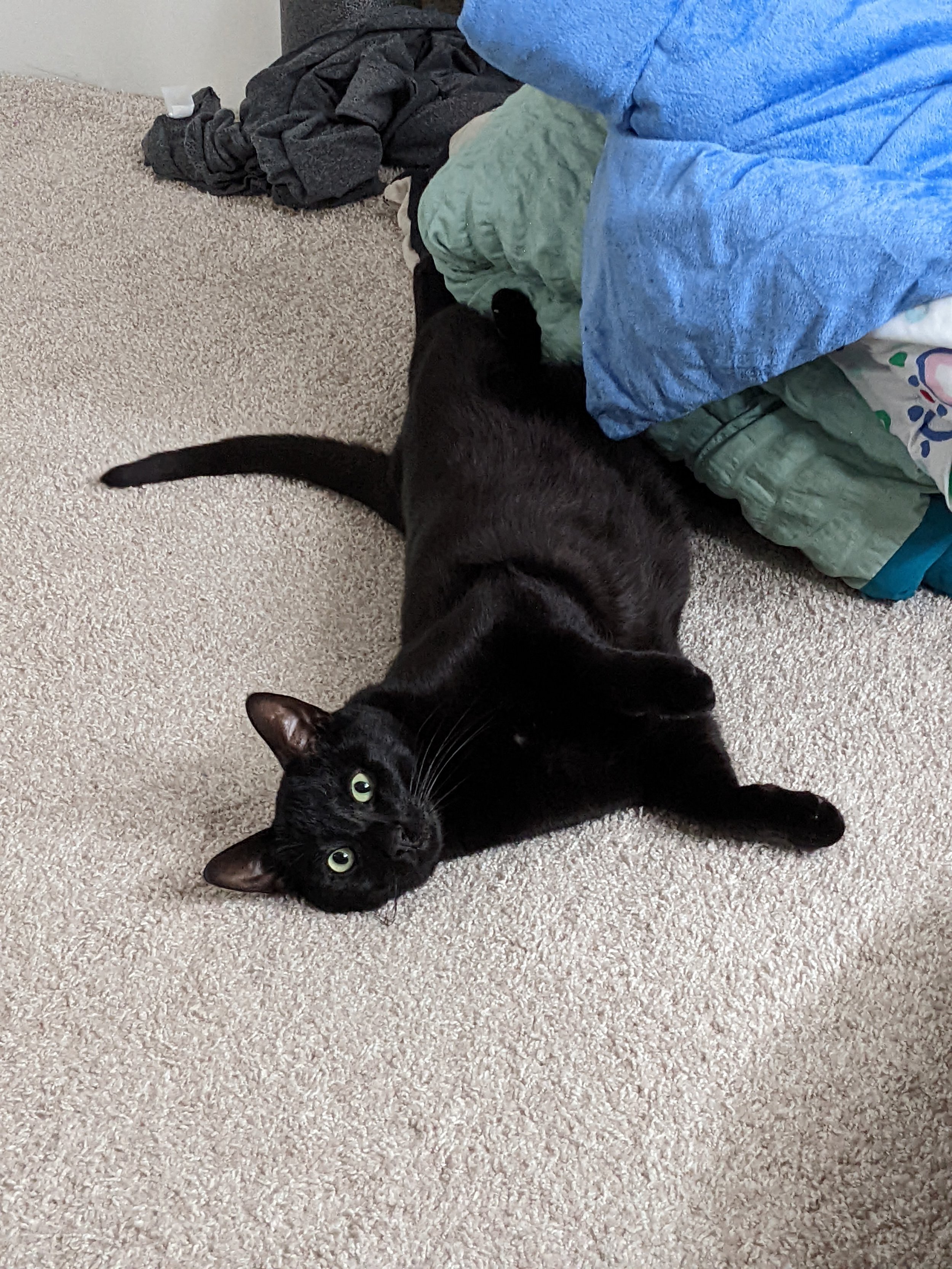Author’s note: Written in 2015
Vision in Silver is, as the title mentions, the third book in Anne Bishop's series The Others.
When we began this journey, we joined Meg and her new arrival into the Lakeside Courtyard, where the terra indigene hire her as their new Human Liaison for their post office. Suddenly, everything begins to change, including the way that the Others view humans and the way that they all interact. But Meg's Controllers from the compound where she'd been held, designated by a number, were searching for her, and getting altogether too close for comfort.
Thanks to the Courtyard's unprecedented attachment to Meg, the threat is neutralized and the world begins to change. The Humans First and Last movement, often shortened to HFL, has come over from Cel-Romano and begun to take hold of Thaisia, and they are beginning to create havoc. Drugs called Gone Over Wolf and Feel Good are being manufactured from the blood of the Cassandra Sangue, girls like Meg who see prophesy when they cut their precious skin. These drugs are being used as weapons not only against the terra indigene—but also against each other.
Vision in Silver comes in with the wild expansion of the HFL across Thaisia, with nebulous threats of upcoming food shortages that make no sense under the conditions. There is a group of other Cassandra Sangue the terra indigene are trying to help, but most of them self-destruct, except for a few. One draws instead of making cuts because the Controllers aren't there to bind her fingers—and her drawings are eerily expressive—and she eventually calls herself Hope. Lieutenant Montgomery's daughter suddenly arrives on a train by herself with a stuffed bear in tow, but no mother—and now there are people coming in search of the secrets she brought along. HFL attacks the terra indigene at the marketplace where the Human pack took the Crows for a field trip—and the Elders (those terra indigene much older than any others, those who inhabit the wild country and are unseen and unknown to the humans in Thaisia) have declared a breach of trust: the Lakeside Courtyard has a brief amount of time to determine what of humanity may stay, but the rest will be eliminated.
Throughout Vision in Silver, the same kinds of philosophical questions posed in Murder of Crows appear: Are you more sympathetic toward the humans or the terra indigene? What does it mean to support one over the other? But more than that, and this is the key point seen in this novel particularly: Who do we trust when we sabotage our own people? Where do you turn when the people who are supposed to be on your side have chosen some other side that is both against the supposed danger-force (terra indigene, in this case) but also against any human who isn't against the Earth natives? To the forces that distrust you and your kind, consider you "clever meat", disposable, threatening? What if that's your only option?
What if, at the end of the day, the most dangerous force in your life is actually your neighbor, and not nature?
Simon Wolfgard is working very hard to preserve some of humanity because Meg's presence in the Courtyard has changed everything: it allowed interaction with the Lakeside human police force, it precipitated the creation of a human pack inside the Courtyard where before there had been none. By the end of the novel, the question on humanity has turned into something a little different. How much 'human' will the terra indigene be able to absorb while still maintaining their core selves? And, furthermore, if they allow themselves to absorb more of humanity, will they change the kind of terra indigene that they are now?
Vision in Silver moved very slowly until about 75% of the way through, and then all of a sudden everything happened all at once. Up until I reached that point, I was a little disappointed in it, even though I could tell it was leading up to something particularly virulent (and I was right); I just wanted more. I'm moved to say that I was less impressed by this book than by the previous two, but I enjoyed it anyway. I'm very excited to see where book 4 takes us, and I eagerly await the culmination of Simon's and Meg's tiptoeing around letting each other know they care more than just casually. That isn't a spoiler; it's been obviously coming since they met. It's somewhat subtle and there are much bigger things going on in the world than their relationship, but it is kind of a really infuriating will-they-won't-they dance that I've found I really don't have time for anymore. For both Meg and Simon, life is complicated and difficult and there isn't enough time.
I really want to know what the Elders are going to do now, and I really can't wait for this son of a bitch Nicholas Scratch to get his comeuppance. Seriously, though.
So that's what I've got. I gave it a solid 4 stars on Goodreads just because of the disappointment mentioned above, but I'd have given it 4.5 if it were an option. Because it probably wasn't worth a full star. C'est la vie.


